Œdipal Resistance, Marek Wieczorek
“As early as a child I drew and painted to offer resistance, as a denial. Rather against the enemy in me than against those who wanted to force me in a straight-jacket. (…) ”
Philippe Vandenberg, 2005 (i)
At a lecture he gave in Ghent in 1999, recorded for Julien Vandevelde’s 2005 documentary Een schilder is als Œdipus onderweg (A Painter is as Œdipus on the road]) Vandenberg recalled one painful incident from his childhood that would stay with him forever. His mother was ironing on the table, underneath which he as a five-year-old sat playing, drawing on pieces of cardboard. He sensed the heat of the iron and saw his mother’s gently swaying bare legs, when suddenly, fear gripped his stomach at his father’s appearance. There were the father’s black trouser legs and hard shoes. His disapproving voice. The sobs of the mother. Little Philippe now draws with his eyes closed, “the lines flowing over the pain, carrying the pain”. He tells us: “I realise for the first time the trap, and the trap has fallen shut. This table is a cage. I am in a cage with a red-hot roof and bars made of people’s legs. I put the drawing in the middle of the cage and I crawl around it in circles. This is what I will do for the rest of my life.” (ii)
This essay will follow the trajectory of some of the lines Vandenberg drew, lines that meander between drawing and painting, figuration and abstraction, in each case the former transforming the latter. The Œdipal structure of Vandenberg’s primal scene is in keeping with the tenor of his art, with its violent imagery of castration and torture, of shame, terror, and blindness, yet also poetic in its peripatetic, searching attitude. Much of his work, we will see, corresponds to the dynamics of drawing that he describes from his cage: the parents up there, vertical, little Philippe turning to the horizontal, circling around his work. His works are often circular in composition or have a vortex-like effect in the way they draw in the viewer. When Vandenberg describes his art as an act of “resistance, as a denial”, he also says he has internalised his enemy, an Œdipal resistance that is turned inwardly, best understood as a form of “violence lying in wait for form, as it is the form of violence”. This quotation comes from the book Formless: A User’s Guide, in which Rosalind Krauss and Yve-Alain Bois put forward a theory that is particularly relevant for Vandenberg’s work. (iii) His violent imagery often devolves into the formless, a notion described by George Bataille as the ‘informe’, a base materialism that is œdipally resistant to symbolisation and remains wholly ‘other’. (iv) What Vandenberg devised and discovered is all about the lessons of painting itself. Toward the end of his life, he said: “I have painted everything that painting demanded of me”. (v)
Witness
In his final decade, Vandenberg began to focus increasingly on words and phrases in spatial configurations, some consisting of nothing but writing, scrawled in large letters across the canvas or paper, often repeating a phrase with small permutations (Fig. 1). In a remarkable, untitled watercolour from 2009, Vandenberg repeated a single word, ‘absence’, in four unevenly tabulated columns, covering almost the entire field (Fig. 2). Wouter Davidts perceptively noted that the words together make up a picture, rather than a mere inscription, while the word ‘absence’ can be related to the conditions that mark Vandenberg’s art practice at large, a resistance to any comprehensive or synthetic view. (vi) He cites an interview with Vandenberg from 2006 in which the artist connects art with a search for the absolute, albeit as a reconciliation for “the anxiety and the fear of the void that haunt imperfect man”, offering only a temporary reconciliation that “may pass through some form of absence”. (vii)
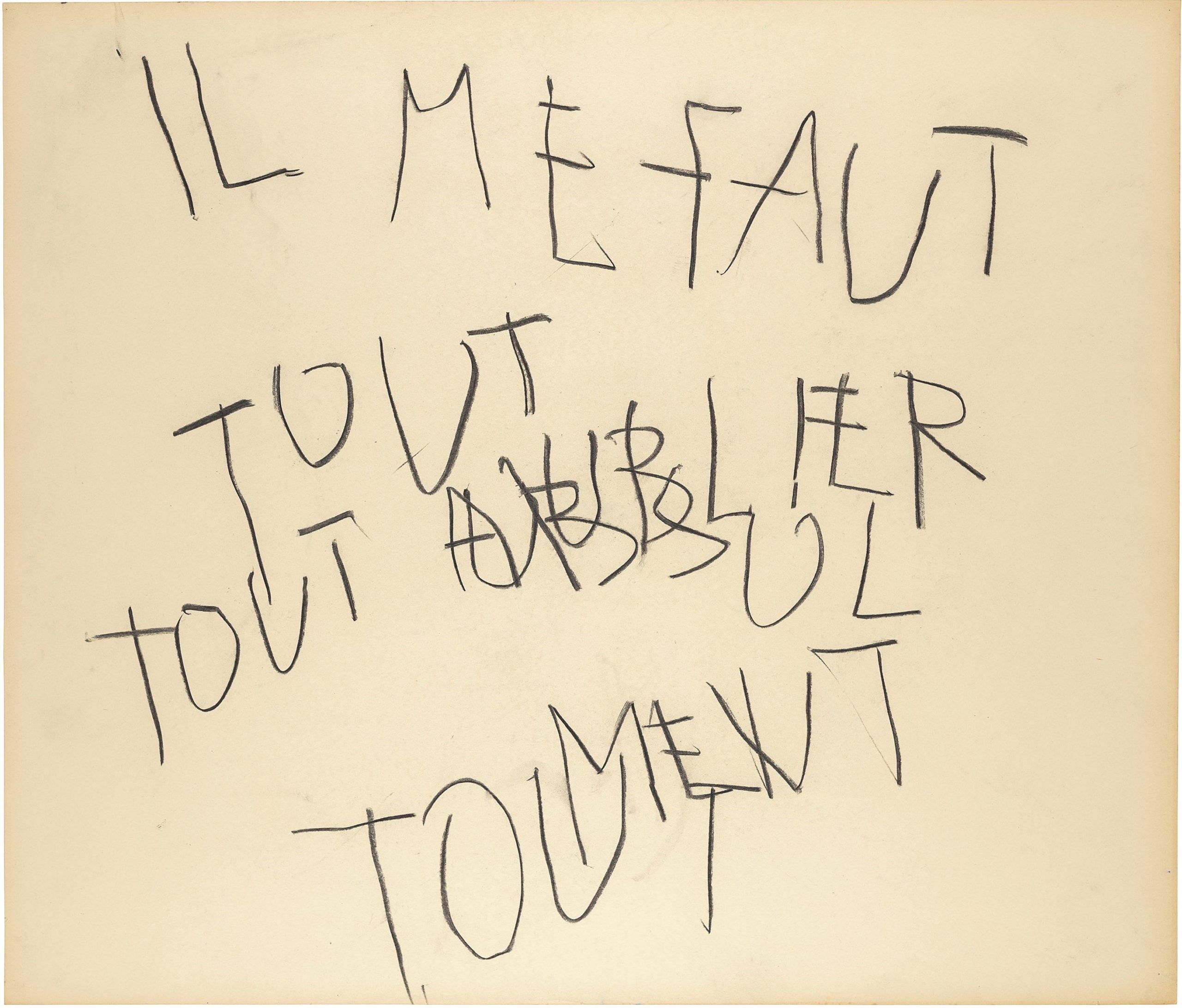
Fig. 1. No title, ca. 2005-2008, Charcoal on paper, 85 x 100 cm.
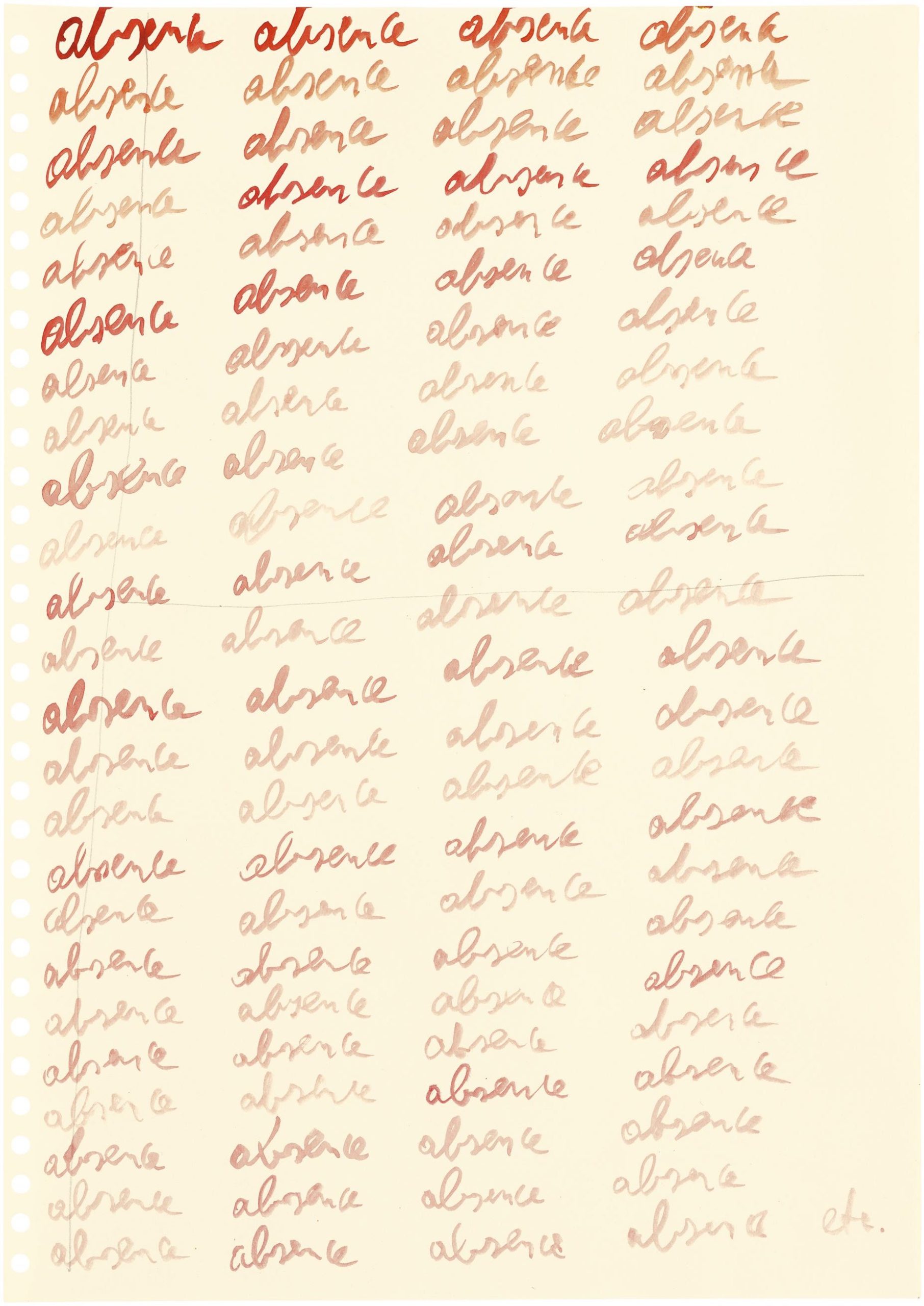
Fig. 2. No title, 1997, Watercolour and pencil on paper, 42 x 29.7 cm.
In that same context, Vandenberg also invoked Freud interpreter Jacques Lacan on the idea of lack which, through separation and desire, connects to the psychological sensation of absence. In Vandenberg’s watercolour, which dates from his final months, the word ‘absence’ is written compulsively, apparently endlessly repeated, fading into the void. The Freudian ‘compulsion to repeat’ explains trauma as a simultaneous presence and absence from the traumatic event, an event for which the young subject is unprepared, having had no time or awareness to armour himself against what is about to happen. The subject, both too young and as-of-yet unable to understand, in some sense ‘misses’ the event – because he is both a witness yet entirely uncomprehending he is compelled – no, doomed – to replay the scene over and over, to re-experience the disquiet of his own enigmatic absence. (viii)
Young Philippe’s primal scene in his ‘cage’ under the table may have been grafted onto an earlier traumatic experience, given that he froze and closed his eyes when the father arrived. The pain he already felt was translated rhythmically into lines (and words) that would indeed endlessly repeat with only subtle variation. Vandenberg’s works, more than simply paintings with writings on them, are figurations of his absence, appealing to a more fundamental, uncensored state of being. The repeated word ‘absence’ indeed suggests that the condition is insurmountable. The progressive lightening of the watercolour offers no prospect of relief, as the word ‘etc.’ at the end – an addition both whimsical and tragic – suggests an interminable situation pulsating across the page. In art that approaches the condition of the informe, Krauss and Bois note, we often find a pulsating quality, as though the work viscerally embodies “the rhythm of shock: the upsurge of extreme violence to the organism, which prefigures its extinction even while it compels repetition to infinity.” (ix) Vandenberg said that his work gives him some sort of ‘alibi’ for not being present – “unavailable to the world and available to the work” – that, even though he was not wilfully ignoring the world, he was still absent. (x)
In Vandevelde’s documentary, Vandenberg also recounted a watershed event that he said caused in him, aged twelve, the profound shock that made him a painter. At that time he encountered Hieronymus Bosch’s Christ Carrying the Cross in the Museum of Fine Arts in Ghent, a work now attributed to a talented follower of Bosch (Fig. 3). (xi) Young Philippe must have had a shock of both recognition and alienation, with Christ at dead centre, in pain and with eyes closed. In an interview with Ronny Delrue, Vandenberg stated that he got to know the work so well he could make a perfect copy with his eyes closed. (xii) The cross forms a strong diagonal, yet there is also a strong countering force carried by an opposing axis with, at top right, the repentant, ashen Judas who, together with Christ at the centre and his double as the image on Veronica’s cloth at lower left, form a contrasting diagonal, a chiastic relation that would come to define many of Vandenberg’s own compositions. Where Christ is turned inward with eyes closed, the likeness on Veronica’s veil shows him staring at us to uncanny effect, a strong testament to the power of images.
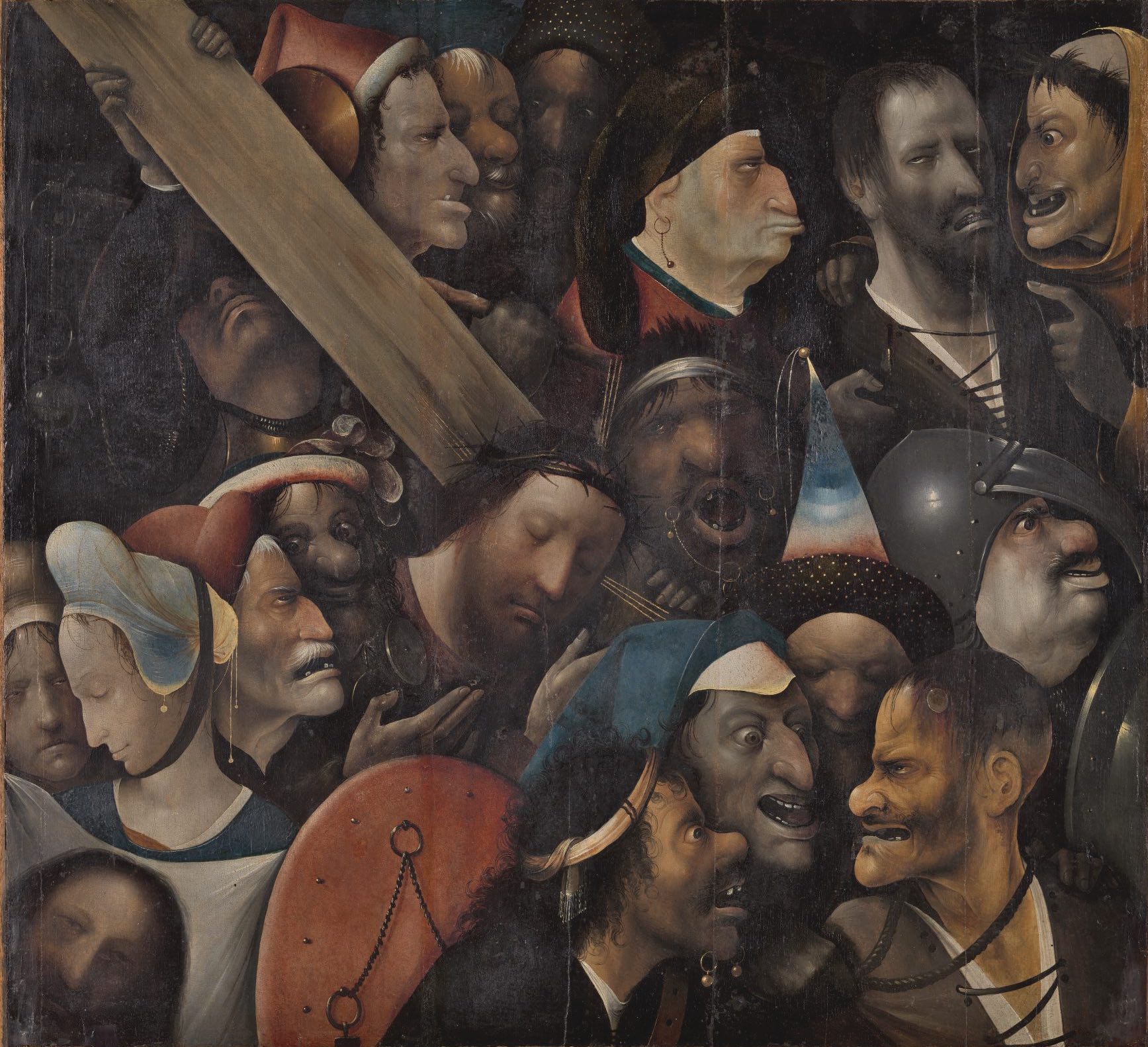
Fig. 3. Hieronymus Bosch (The attribution is disputed), Christ carrying the Cross , ca. 1510, Oil on oak, 76.7 x 83.5 cm., Museum of Fine Arts, Ghent
The Boschean work also showed Vandenberg a kindred spirit, an iconoclast who demonstrated hostility toward certain aspects of humanity (criticism directed at all strata of society) and the church alike (castigating its greed, the immorality of nuns, the hypocrisy of father confessors, etc.), as reflected here in the way Veronica is rendered, self-satisfied with her icon. (xiii) Vandenberg likely identified with the withdrawn Christ who endures the first stages of a protracted torture. (xiv) In early works, such as a large Diptych from 1982, Vandenberg appears to play with Christological images of torture inspired by Caravaggio’s crucifixion scenes, which also display strong diagonals. (xv) David Anfam has also pointed to Vandenberg’s Christological symbolism, although it remains to be seen to what extent his biblical or other cultural references are mere symbols or operate on a deeper level that touches on the demands of painting itself. (xvi)
Chiasma
Much of Vandenberg’s work operates more in the register of the symbolic than through symbolism. In its pictorial structure, through x-shapes and an emphasis on line and drawing, the psychic address of such works changes from vertical to horizontal, with Vandenberg demonstrating equal facility between figuration and abstraction. Chiasma is the name for such x- or cross-like structures that can be both literal, as in Vandenberg’s explorations of cross-shapes (crucifixes, swastikas), and rhetorical (symbolic), as in chiastic constructions in poetry (kruisstelling in Dutch), which allow for repetition in reverse or rotation. Such chiastic relations are already found in Vandenberg’s earlier works, such as paintings from the early to mid 1980s with superimposed and crossed fish, large hands and faces (Fig. 4), but also later in the swastika imagery that is thoroughly formalised and de-fanged through whimsical inversions and rotations.

Fig. 4. Eenzame man met vis, 1985, Oil on canvas, 200 x 205 cm.
In Vandevelde’s documentary, Vandenberg looks at a painting that shows a circular enclosure, with scenes of torture inside, and dryly remarks, as though looking past the gruesome scenery at pure structure, that when such works end up becoming good paintings, they appear to turn and revolve. Like a spiral or vertiginous vortex, he says, they “suck me in: a turning painting is one that works, that looks back at me”. Such vertiginous rotation seems to claw at the nightmarish 2001 watercolour No title (La descente – Les rêves cruels) (No title [The Descent-Cruel Dreams]), which appears like a replaying of a primal scene, or at Burning Monks and La misère du jour III (The Misery of the Day), which were both begun in 1996 (Fig. 5, Fig. 6, Fig. 7). The latter two, partially done in blood, were reworked as white ground, so that now, as paintings, they succumb to the force of drawing that resides partly in the twisted, tortured appearance of the motifs. Self-immolation through burning is an ancient theme in Buddhism – the scholarly term being ‘auto-cremation’ – belonging to a set of practices associated with ‘abandoning the body’, which also includes feeding oneself to wild animals, imagery that Vandenberg also explored (Fig. 8). (xviii) It is as though young Philippe is caught in the circumstances of one of Freud’s patients who pleads in his dream: “Father can’t you see I’m burning?” (ixx) While the monks burn, their spiritual selves seem to emanate, vortex-like, into not three but four directions, as though covering all points of the compass.
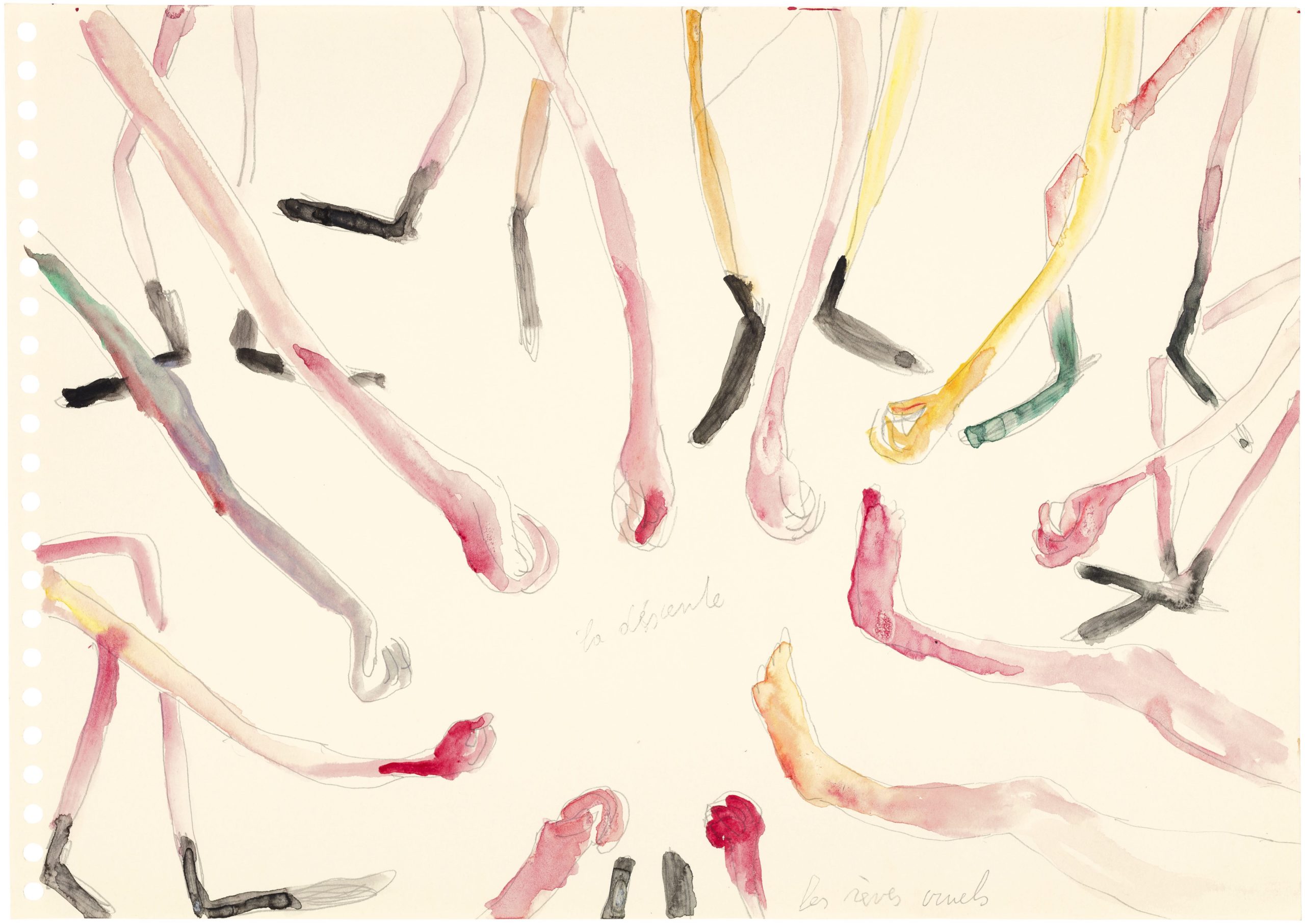
Fig. 5. No tile (La descente – Les rêves cruels [The Descent – Cruel Dreams]) (From the book Il Faut Lâcher Mémé Mouche [Let Go Grandma Fly]), 2001, Watercolour and pencil on paper, 29.7 x 42 cm.

Fig. 6. Burning Monks, Oil, acrylic paint, blood and pencil on canvas, 75 x 98 cm.
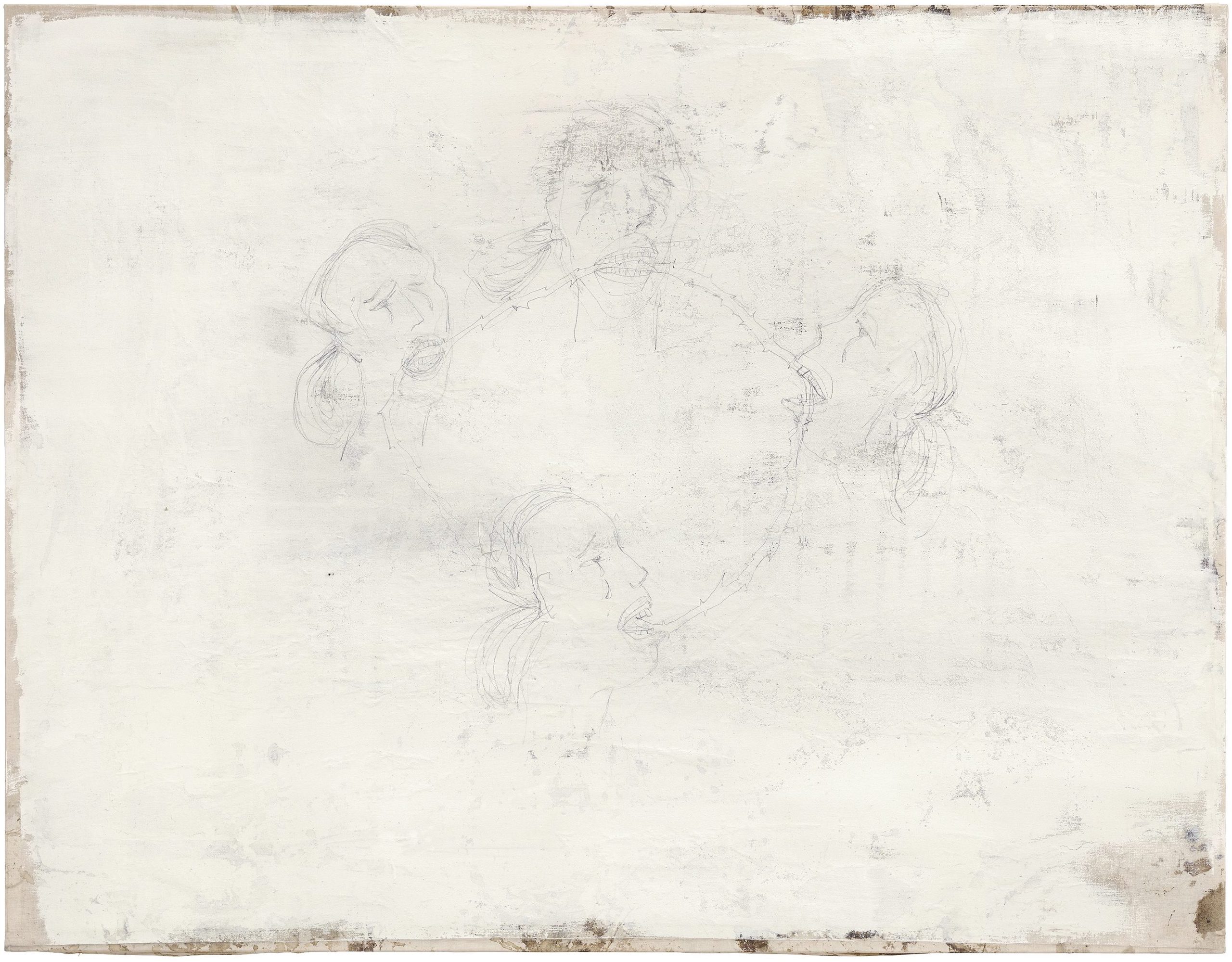
Fig. 7. La misère du jour (The Misery of the Day), 1996-1999, Acrylic paint, blood and pencil on canvas, 135 x 175 cm.
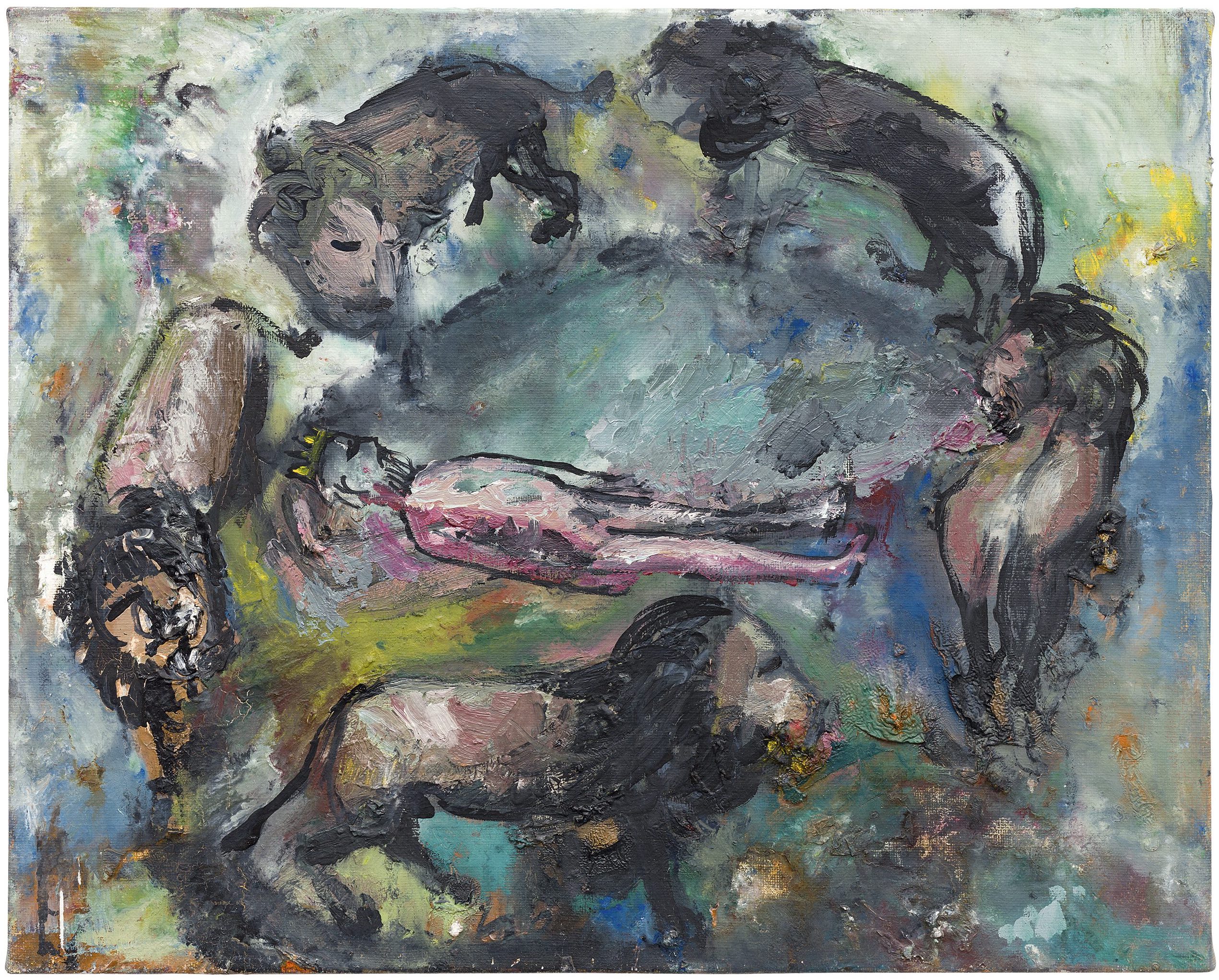
Fig. 8. Z.T. (Untitled), 1997-1998, Oil on canvas, 40 x 50 cm.
Freudian readings of art are often fraught with problems of literalism. In Vandenberg’s case it may be tempting to see castration anxiety or forms of Œdipal revenge, but we would be ill-advised to take his nightmarish scenarios as an acting-out-of-sorts. His No title (Le regard) (No title [The Look]) of 1999 (Fig. 9), for example, shows a man on all fours, his member erect, and eye-to-eye with a dog- or wolf-like creature, a classical Freudian scenario reminiscent of his most famous patient, the ‘Wolf Man’, who is stared down by a pack of wolves. However, Vandenberg’s father bred dogs, and that would turn the scene into an Œdipal revenge story, especially considering the sketchbook he did the year after, Il pleut des bites (It’s Raining Penises) which begins with men castrated by dogs. But as my epigram by Vandenberg shows, the resistance his art offered was against an ‘enemy’ within, a denial that is Œdipal perhaps but in the more poetic sense that Henry Bauchau’s 1990 novel Œdipe sur la route (Œdipus on the Road) (translated 1994) offered (Fig. 10). Here, the eponymous blind king leaves his palace to wander aimlessly. (xx)
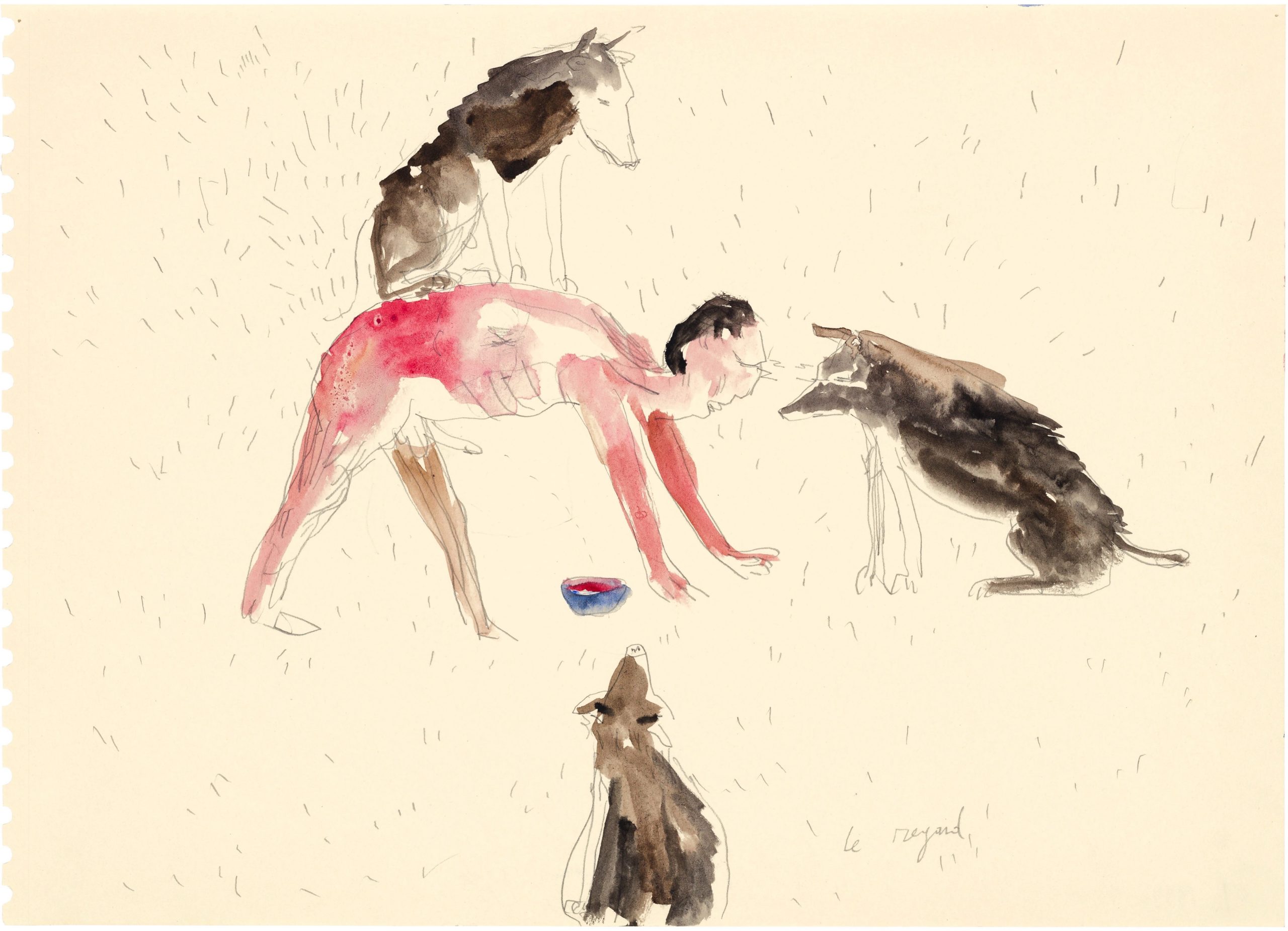
Fig. 9. No title (Le regard [The Look]), Watercolour and pencil on paper, 29.7 x 42 cm.
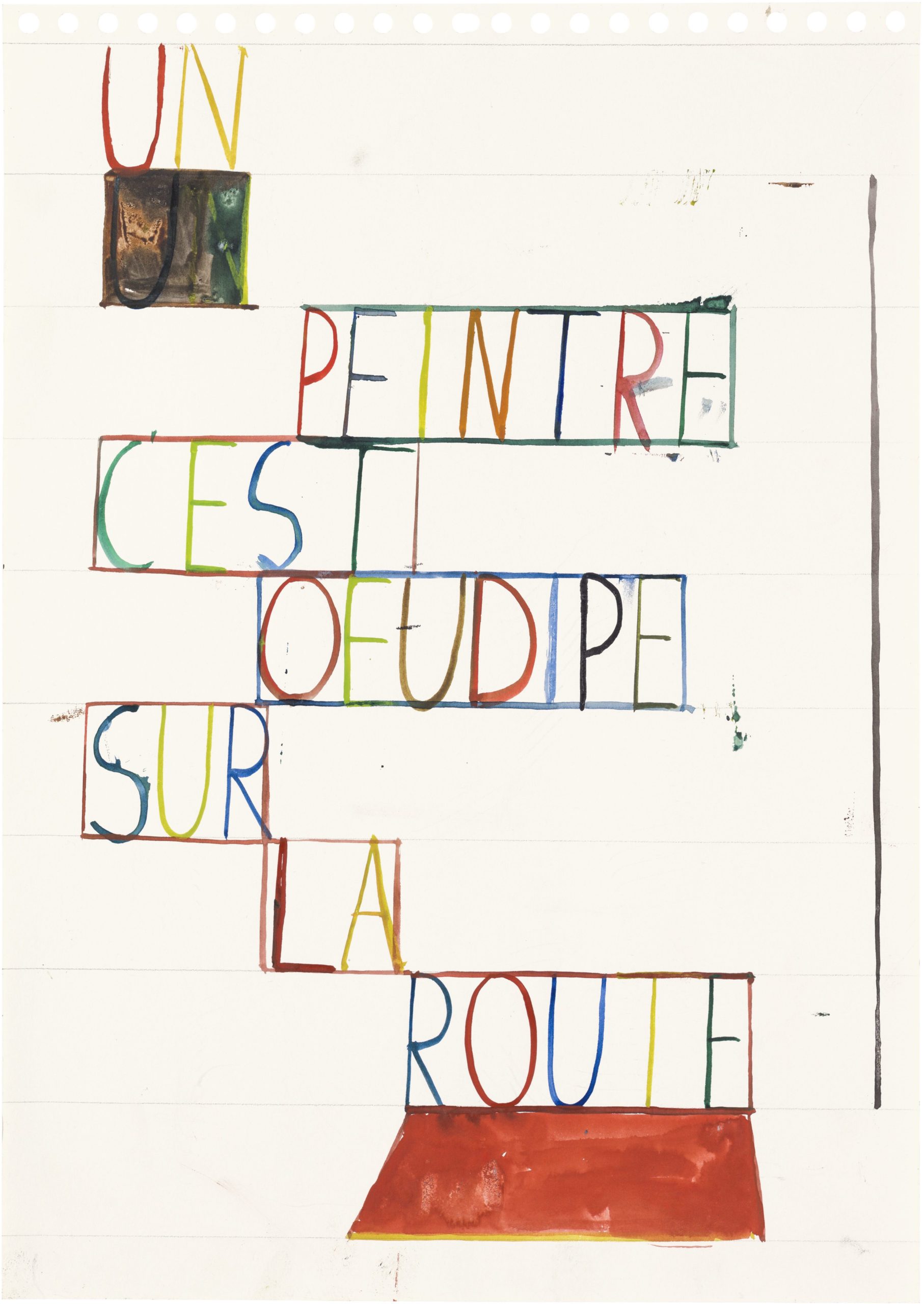
Fig. 10. No title, 2004, Watercolour and pencil on paper, 42.5 x 30 cm.
Yet Freudian theory could be useful for understanding Vandenberg’s structured, chiastic organisation with relation to the abstract recounting of dreams that would continue to haunt him, for he would allow his drawing sessions in his sketchbooks to proceed in a quite structured manner, as though undergoing psychoanalysis, shifting Freud’s ‘talking cure’ into the visual register. For Freud and, after him, Lacan and Jean-François Lyotard, the dream becomes image-like, not because it has done away with language – there are still anguished phrases scrawled across Vandenberg’s works – but because it has forced language into a (dream-like) world of image-objects. The shift is spatial, from the successiveness of narrative to form. Analysis often also emphasises perceived patterns and a structural approach, involving graphs and diagrams, for example. (xxi) Vandenberg’s sketchbooks most often privilege structure over readability: note, for example, the large letters that at times span the length of the page, some of which spell out spatio-temporal relations. Others defuse the misery and terror – the bad dream of Vandenberg’s endgame, “No More Life No More” (Fig. 11, Fig. 12, Fig. 13), a series from a sketchbook by that title from 2004, created five years before his suicide in June 2009 – into something that looks colourful and playfully joyous, until you manage to decipher the message.
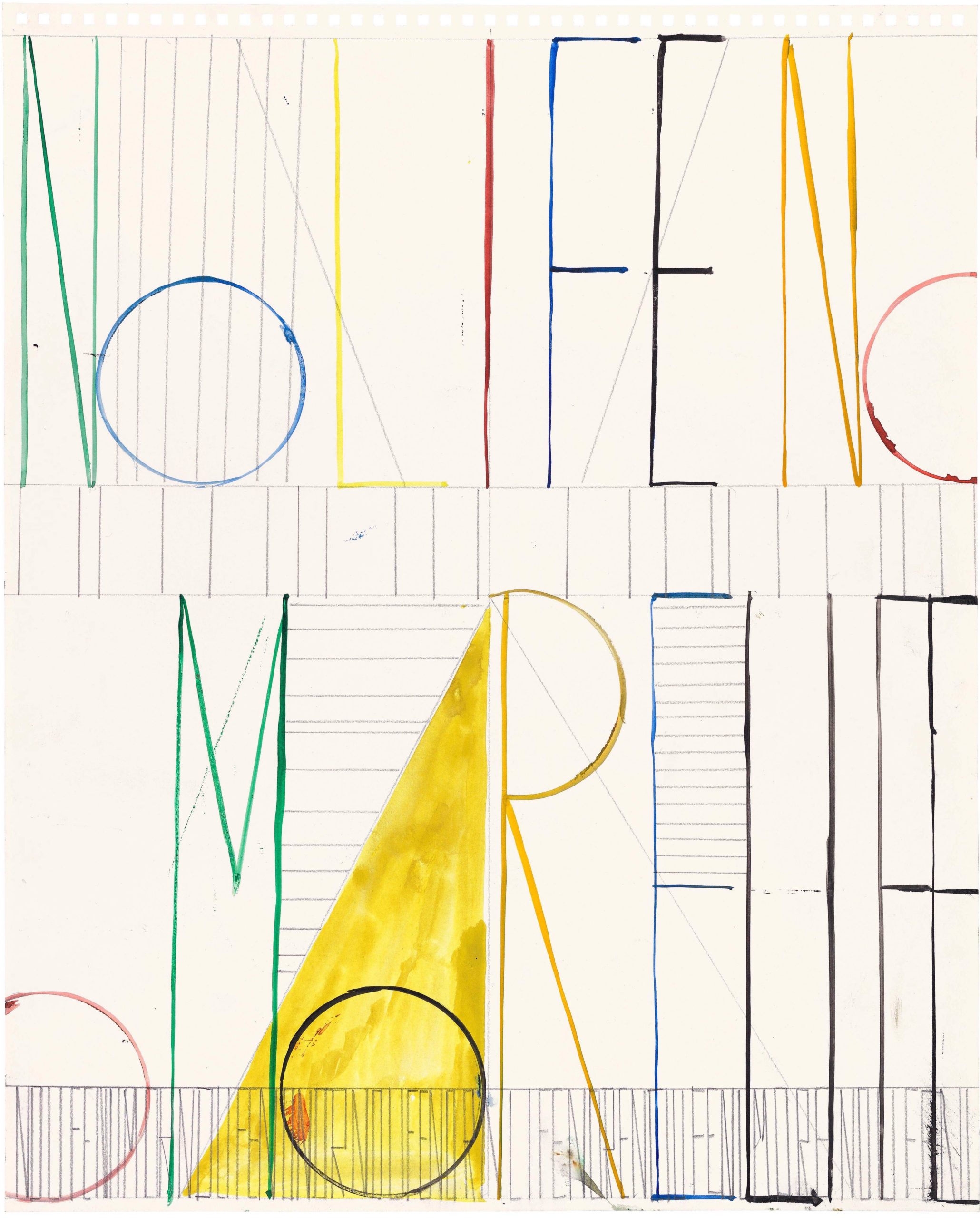
Fig. 11. No title (From the book No More Life No More), 2004, Watercolour and pencil on paper, 46 x 37 cm.
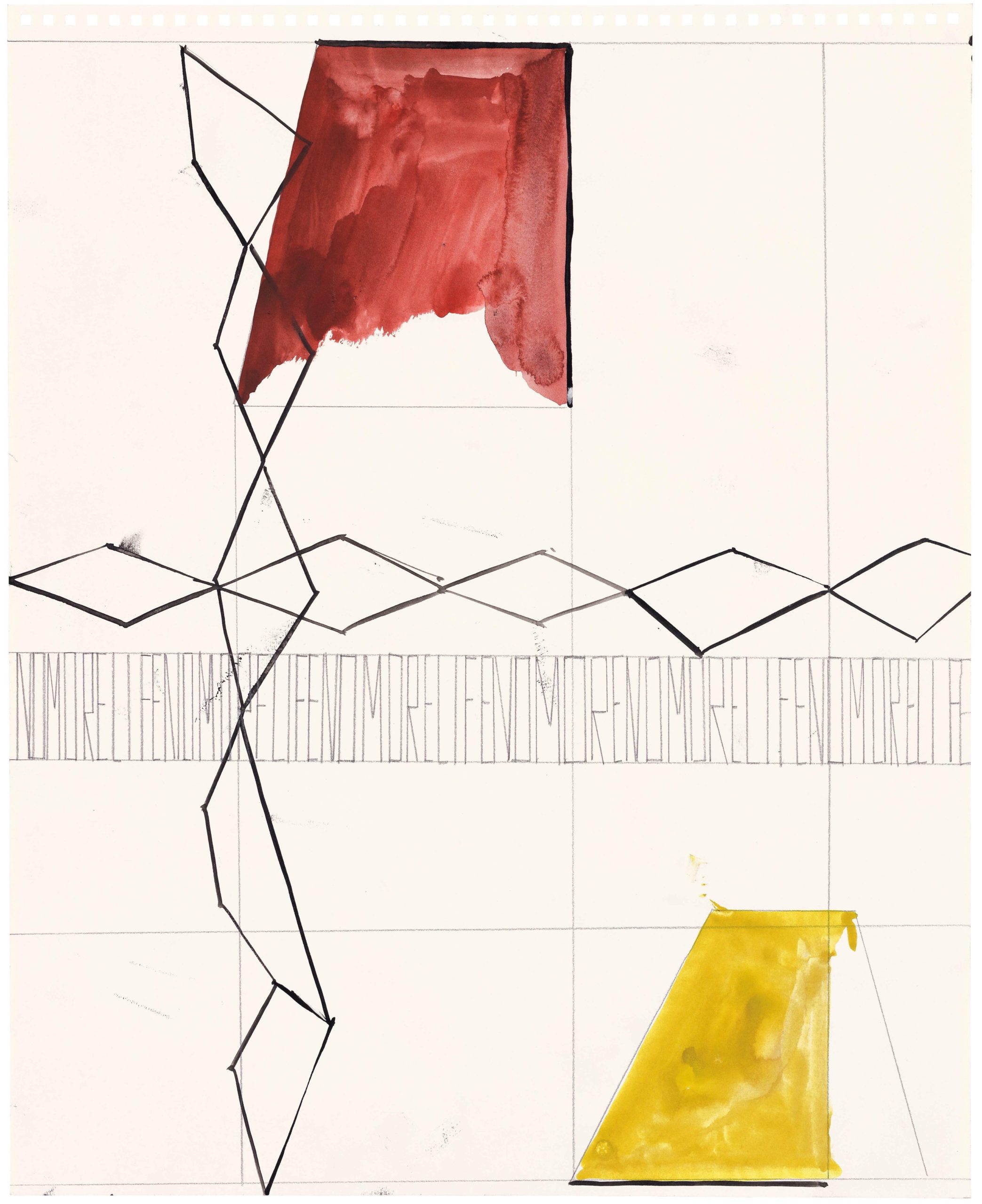
Fig. 12. No title (From the book No More Life No More), 2004, Watercolour and pencil on paper, 46 x 37 cm.
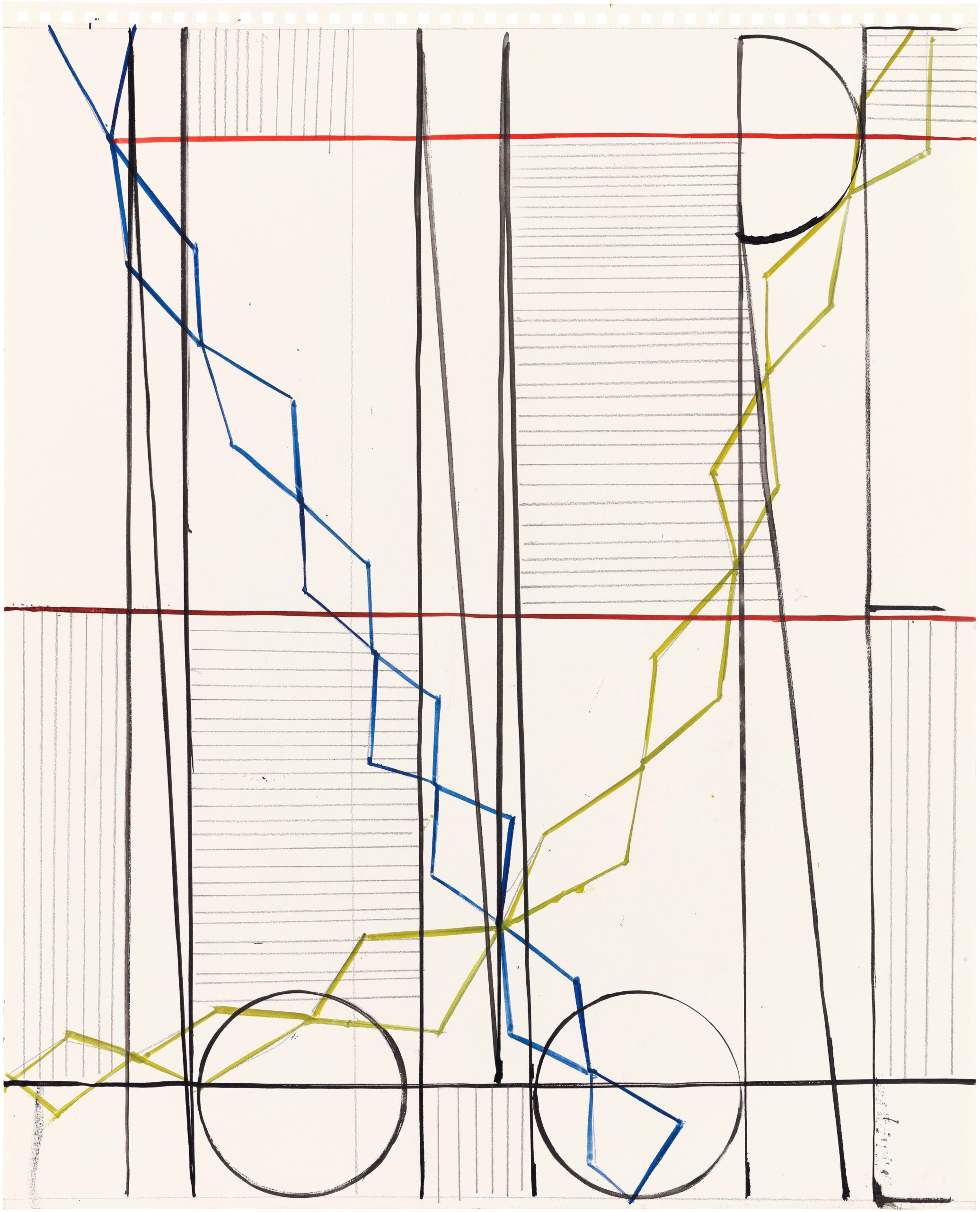
Fig. 13. No title (From the book No More Life No More), 2004, Watercolour and pencil on paper, 46 x 37 cm.
Garden
In Vandevelde’s documentary, Vandenberg recounts a story from the Old Testament saying that what a man must leave behind for his children is a book and a garden, the book as nourishment for the spirit and the garden providing the material. Le jardin (The Garden) of 2001 is one of Vandenberg’s most haunting works, despite its complete abstraction (Fig. 14). It is pure horizontality, as though we are looking down upon dark soil from above. The painting can only call itself drawing by way of the tiny hair cracks that manifest all over, and especially around the off-centre darker area that, on closer inspection, appears like a dark hole in the ground. We could also turn the whole thing around and invoke a celestial vision with a black hole that sucks the viewer into a vortex that, although impersonal, i.e. marked by absence, stares you back in the face. There is no escape from this work once you get caught in its glare. Vandenberg’s ‘maudit’ (accursed/rebellious) personality allows for most things beautiful, most things organised, only to show their darker side, as in the word he associates with the maudit attitude, ‘scruter’: to grub or to root up the earth, the movement which always turns up what should have been left beneath the surface, something that few people can stomach. (xxii)
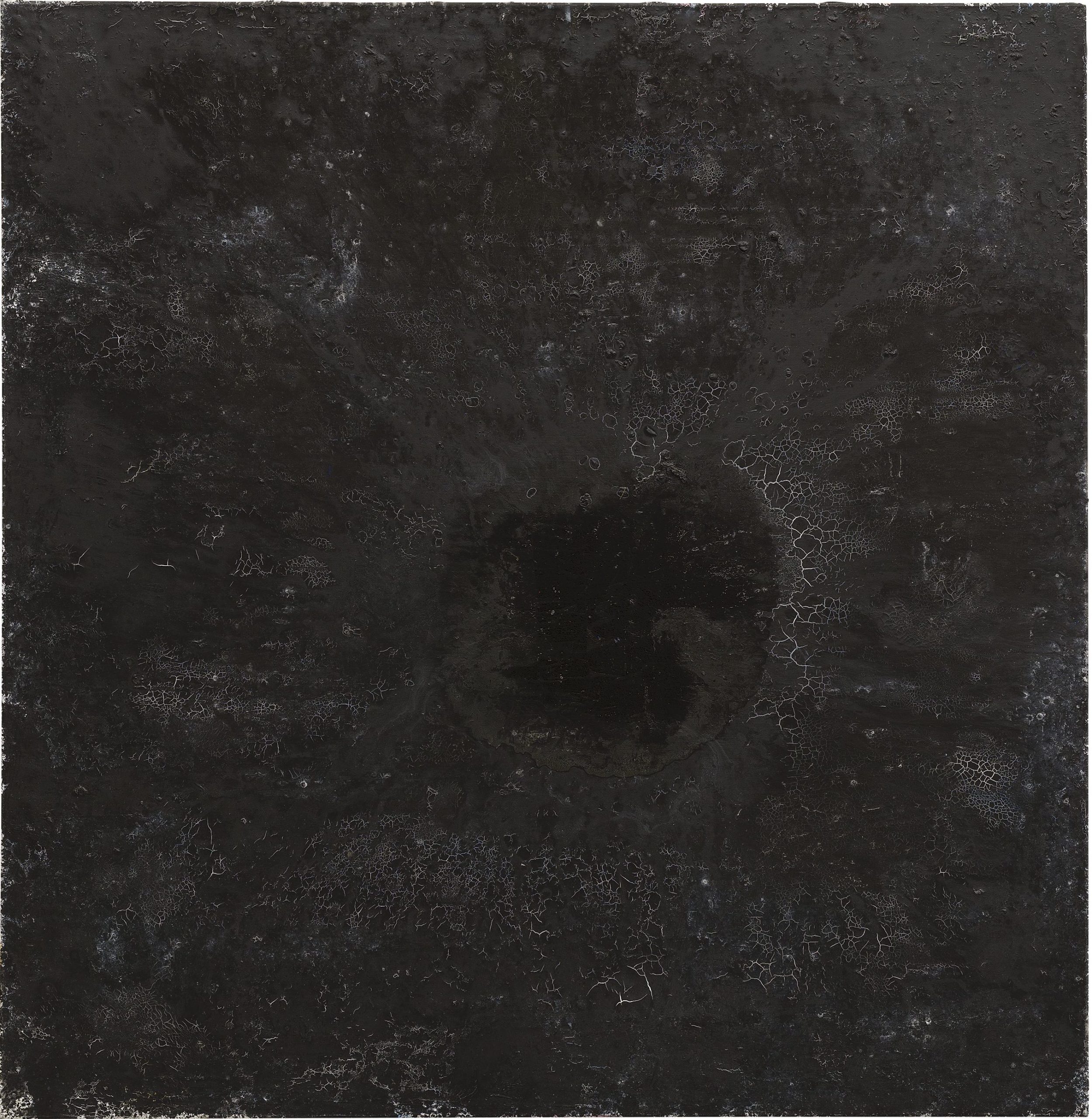
Fig. 14. Le Jardin (The Garden), 2001, Oil on canvas, 200 x 195 cm.
Digging, Vandenberg felt himself caught between two opposing figures that deeply fascinated him: Œdipus and Hamlet. Œdipus “is the man who acts and acts, and who gets involved in situations because he doesn’t see what his actions will bring about”. Hamlet is the reverse: he is “the person who doesn’t act but thinks and thinks and becomes blocked by his inaction.” (xxiii) Vandenberg’s De graver (The Digger), a small oil on canvas from 1997–1998 (Fig. 15), shows the desperate king digging and unearthing ever more skulls, their eye sockets oozing black. We might imagine the hole looking something like the darkest black in Le jardin. But our orientation toward the work is flipped, in that the line drawing seems disassociated from the coloured background. Perhaps this dissociation corresponds to the conceptual distinction found in an enigmatic, little-known early text by Walter Benjamin, Paintings, or Signs and Marks (1917). Benjamin here distinguishes painting, with its planar, colouristic mediation, from the graphic line, which is “determined in opposition to surface…, coordinated with its background [and]… confers an identity upon its background”. (xxiv) In a related text of the same year, Painting and the Graphic Arts, Benjamin goes so far as to associate these different forms of address – the “longitudinal section of painting” and the “transverse section” of drawings – with “two sections of the world’s substance”: the first “seems to be representative; it somehow contains things; the transverse section is symbolic, it contains signs.”(xxv)

Fig. 15. De graver (The Digger), 1997-1998, Oil on canvas, 40 x 50 cm.
Because of this horizontal dimension as a container, Vandenberg is able cathartically to purge and dump his images on the page (note that the transverse section is of the order of the symbolic, not a puzzle pointing outside the work via symbols). Time and again, he seems to push painting back into the cage in which it was born, a cage made of lines of pain, while he tirelessly circles around the artwork. Catharsis here retains something of the ancient, Aristotelian sense that, despite the purgation and emotional release, pity and fear, the artwork guarantees our distance and safety, our non-annihilation by the object. This may be why the Burning Monks continue to burn while we watch unscathed. They are, in their graphic, rotating existence, more like a drawing on a white-painted ground than a painting. Similarly, the desperate Hamlet stands on one side of an unbridgeable chasm whose other side, death, stares not only him but also us in the face, providing no consolation. The strange, at times opalescent, at times garish, kitschy colour of the encrusted ‘non-ground’ acts as a dream space more than a real one, precisely because Vandenberg has separated painting from drawing, wrested drawing as the space of the symbolic away from painting.
Benjamin’s idea of painting, in which “one colour is never superimposed upon another but rather appears at the very most in its medium”, that is, difficult to distinguish as foreground or background when seen as colour, here serves as a groundless backdrop for a drawing that literally uproots. It serves as no space for the king’s ineffectual acts with relation to the existential questioning and thinking in which he loses himself, is effectively absent. “Hamlet is lost from the start”, Vandenberg writes: “he is already killed, hence immobilised, before the father is. Hamlet is the painter tyrannised by the head, incapable of acting, of wandering. His thought paralyses his nerves. He is a castrated painter.” (xxvi)
Pulse
The ‘pulse’ of the non-ground ‘background’ in De graver, pushing ‘from behind’ varying colours within a value range that runs the gamut from atmospheric luminescence to pale, dark and encrusted, constitutes the condition for repetition and the collapse of form that underlies its cause: violence. As Krauss and Bois write,
This is the rhythm that Lyotard approaches in his analysis of Freud’s A Child Is Being Beaten in which the condition for repetition – formal identity and regularity – must somehow be vested in a matrix object whose aim is to collapse such regularities and smash such identities in its own drive toward ‘bad form’. The beat itself, composed of both extinction and repetition, is the form of this ‘bad form’. It is the violence lying in wait for form, as it is the form of violence. (xxvii)
Vandenberg does violence to form in the sense of Bataille’s informe, showing a ‘base materialism’ that is resistant to symbolisation, that remains wholly ‘other’, which Bataille sometimes referred to as ‘heterology’ (or ‘scatology’). (xxviii)
This desublimatory act of aggression – against form, content, iconography, symbolism – also allows for violence to become attached to the sacred, to the rituals of religion and monarchical power alike. Hamlet is just as much perpetrator as victim, paralysed because of that duality, reminding us of some of Vandenberg’s tortured royal victims (Fig. 16). However, it is not only in the lowest registers of ‘base materialism’, in the lowest parts of society, in the wretchedness and abject conditions of ‘untouchables’, that Bataille found the power of the informe. The summit of that same society is also isolated as untouchable, in that, as Krauss and Bois put it, kings and popes are precipitated out of the top of the homogeneous structure to form that very exception of which the rule is the product, but from which the sovereign himself is exempt. Sovereignty and the sacred are thus also the unassimilable forms of heterogeneity that the homogeneous forces of law-like equivalence and representation must create. (ixxx)
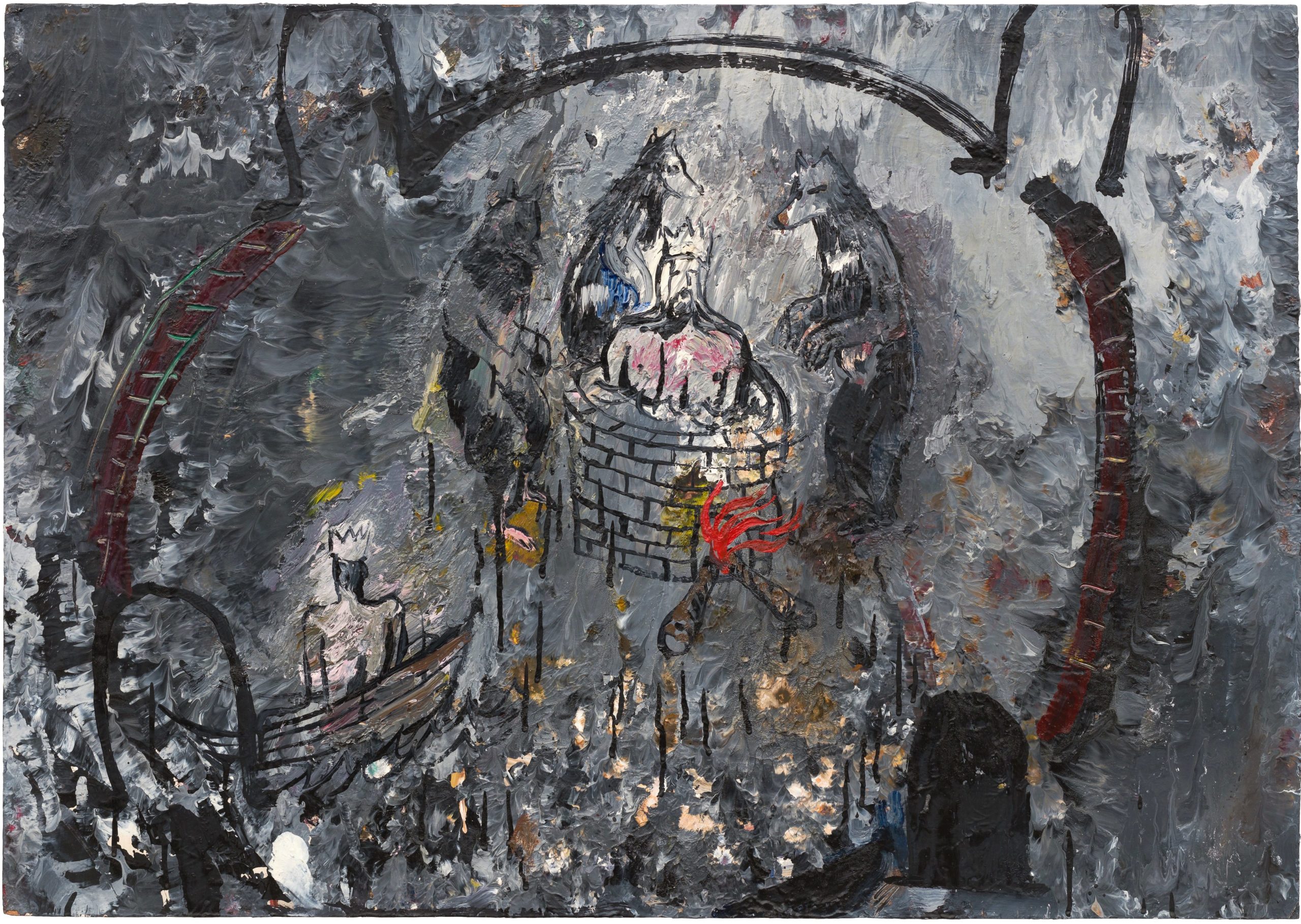
Fig. 16. Étude pour l’assassin (Study for the Assassin), 1997, Oil on wood, 63 x 89 cm.
In the coming together of the high and the low, in the kings and wretched wolf-men that co-inhabit Vandenberg’s vortices, his art short-circuits societal mores and regulations. These elements are mostly experienced as scandalous and well-nigh unacceptable, and therefore so deeply subversive of what that society needs to function as homogeneous: the exclusion of the ‘other’ (the ‘deviant’, the lumpenproletariat, the madman, the self-exiled). Vandenberg allows all forms of heterology and ‘otherness’ simply to appear, to flow through him, even at the cost of exile, an inevitable choice that in effect alienated him from the art world.
He would not compromise on anything, and never did so out of some (false) heroic gesture. Perhaps the series Kill Them All should be seen in this light, less as an aggression than an inevitability of heterology (Fig. 17). In some cases, the gesture is invitational, mockingly inclusionary, as when he writes “Oh my sweet friend, stop suffering. We will massacre them all” (Fig. 18). The sense of power gained from such exclamatory gestures also takes form in the psychosexual domain. For Bataille, the paradox of castration was the possibility of it being “just the opposite of a loss of manliness”, as Krauss and Bois state, “since, as the mark of the child’s challenge to the heights of the father’s power, it becomes the very emblem – in all its bloody lowness – of virility.” (xxx)
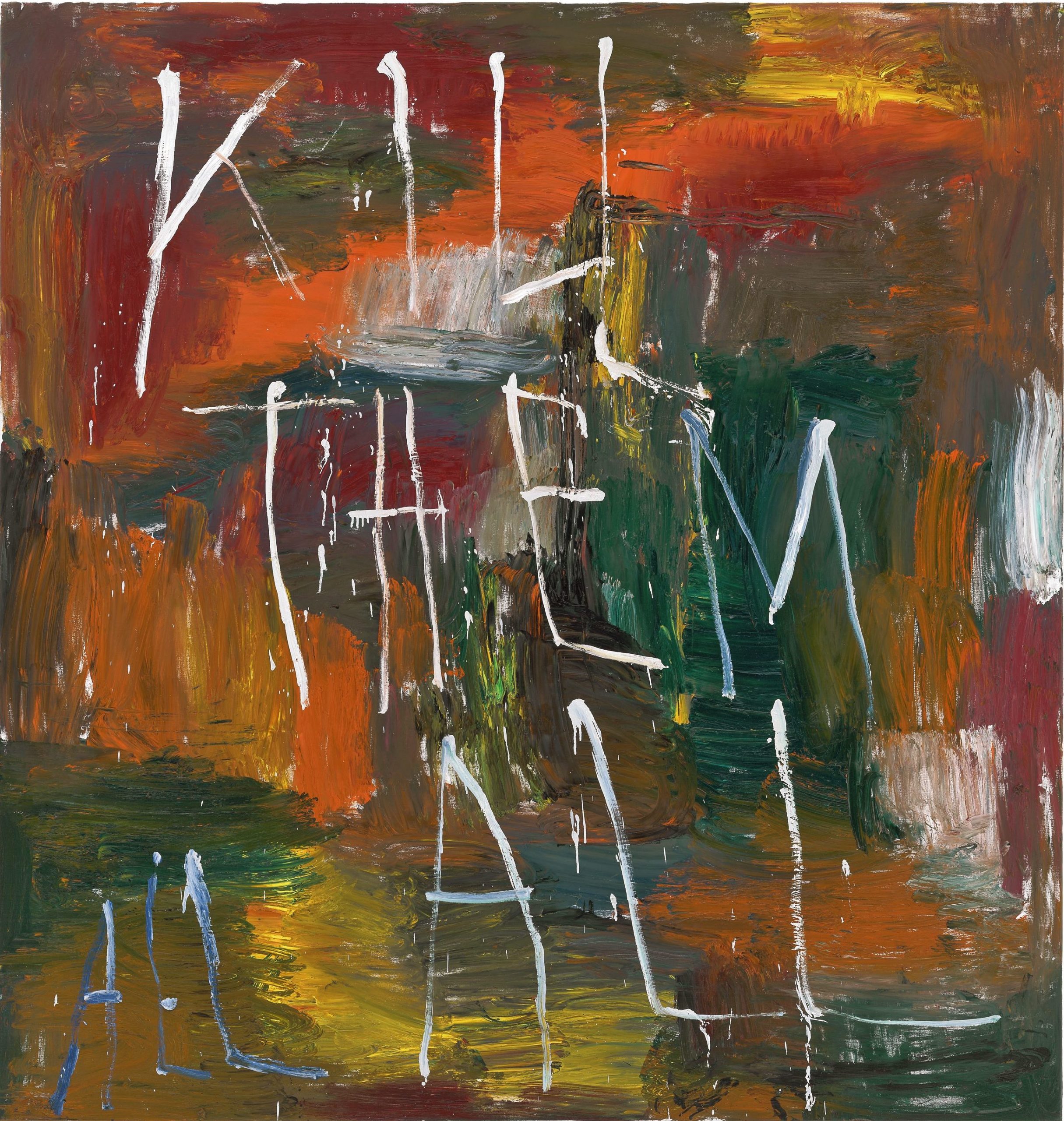
Fig. 17. Kill Them All II, 2005-2007, Oil on canvas, 210 x 200 cm.
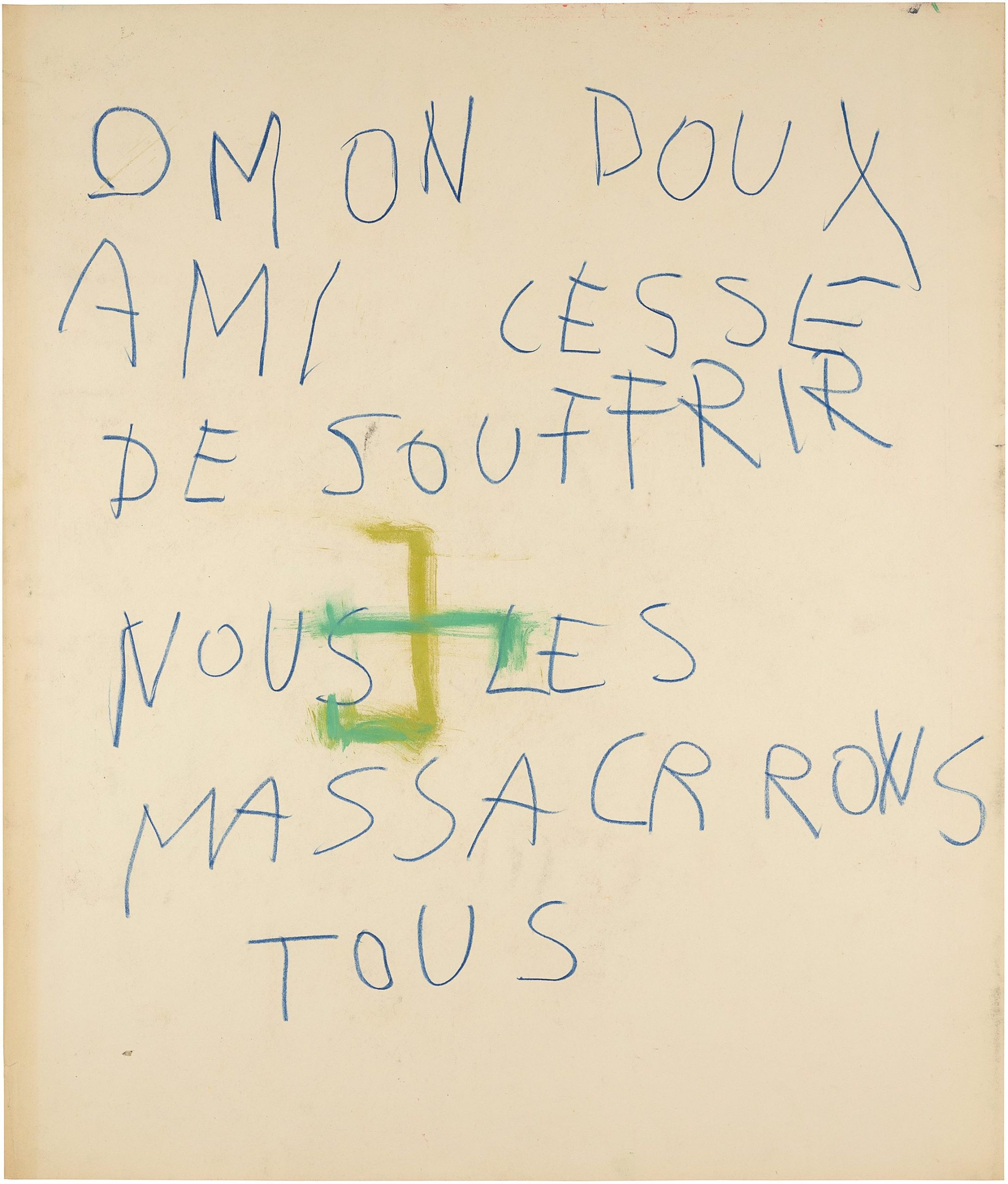
Fig. 18. No title, ca. 2005-2008, Pastel on paper, 100 x 85 cm.
Vandenberg often explored such forms of virility, at times to gruesome or ludicrous effect, as when the erect phallus gets in the way of seeing in an untitled drawing from 2000 with the subtitle Les bites aveuglantes (The Cocks that Blind) (Fig. 19). We should remind ourselves that, rather than condemn ‘bad form’ from some moral or aesthetic high ground, we witness two simultaneous operations in the becoming of art: Vandenberg’s awareness that his work is “a sort of defensibility against the terror that feeds on me” and, transcending his individual case, the pulse or beat of “violence lying in wait for form, as it is the form of violence”. (xxxi)
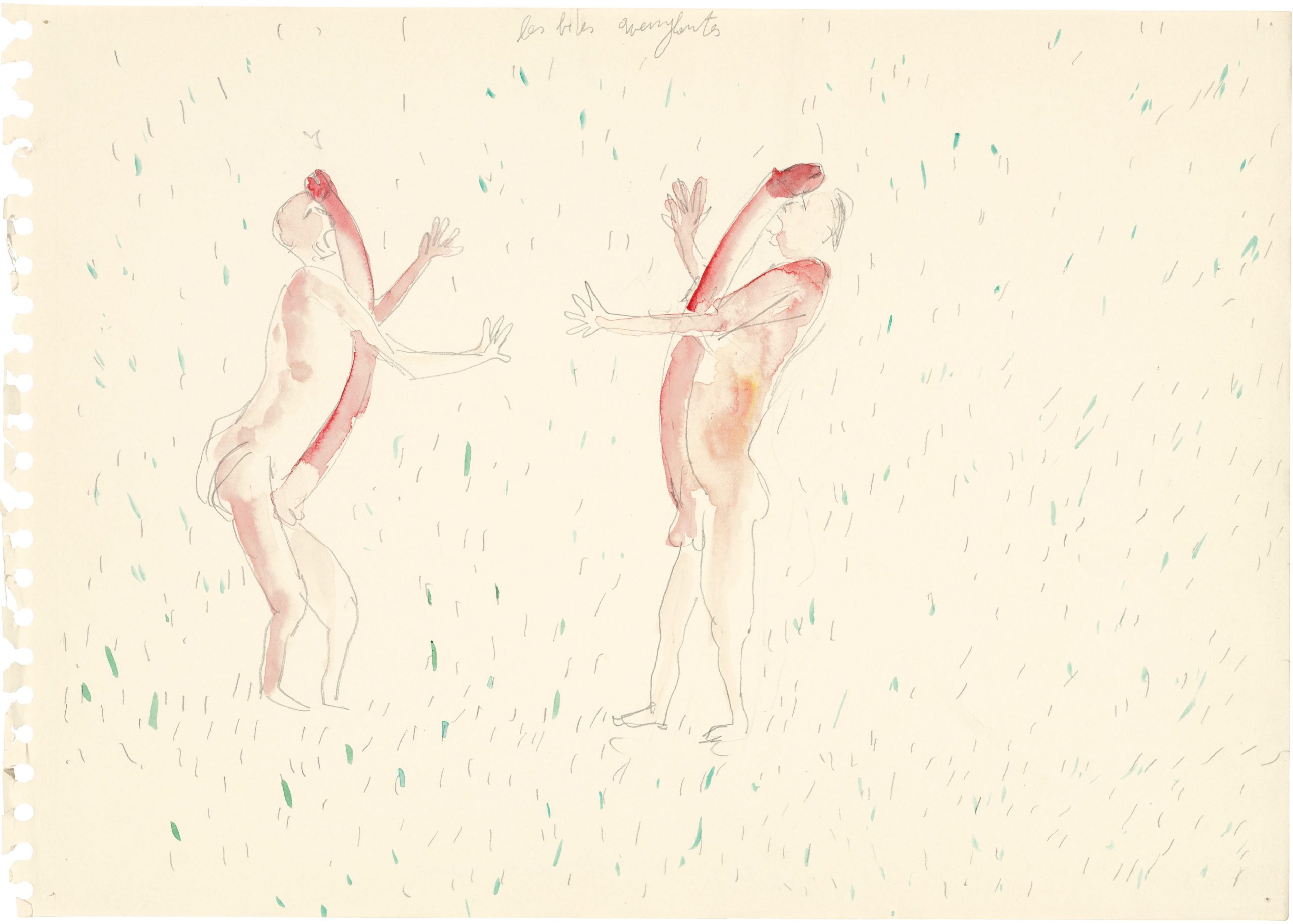
Fig. 19. No title (Les bites aveuglantes [The Cocks that blind]) (From the book Le livre De L’Ennemi Intérieur – Le Livre Xanax [The Book of the Inner Enemy – The Xanax Book]), 2000, Watercolour and pencil on paper, 29.7 x 42 cm.
Swastika
Compared to Vandenberg’s images of torture and sexual deviancy, his engagement with swastika imagery may seem innocently formal and innocuous, if it weren’t for our Western associations, since the 1930s, with the swastika as a Nazi symbol. It is well known that the figure has ancient religious meanings, and that especially in Eastern cultures it remains a symbol of spirituality and divinity (in certain Western cultures it even meant good luck and auspiciousness). Yet these meanings are difficult to hold in mind because of the stigma of associations with fascism and racism. Vandenberg’s work plays to that stigma in a double move against polarised symbolisation (good/evil, etc.), an emptying out also of the symbolic order – the rules, regulations, everyday expressions of bureaucracy, entrenched hierarchies – that some have deemed responsible for the abuses associated with fascism, which are closer to our reality than we’d like to admit. On the one hand, he shows the symbol’s proximity to the crucifix, which can have an equally arresting effect upon viewers, especially through grisly details such as stigmata. On the other, he doodles away on the motif, allowing drawing and painting to be his direct guide and to surprise him. Yet, so completely does he accomplish this task that he empties out virtually all the formal possibilities and permutations of the swastika, running the full gamut of conceivable artistic meanings that are neither fascist, nor religious: from droll stick figures, to decorative pattern, to high modernist abstraction.
In a most remarkable sequence of studies, which Vandenberg shows in Vandevelde’s documentary as he flips through several sketchbooks, we see the swastika motif develop from a rendition of cruciform shapes. A conglomeration of crucified Christs, with penises erect, slowly gives way to an abstract meandering linear pattern that gradually takes over the whole page, which is isotropic, betraying no preferred up or down. At times, a cross appears out of overlapping swastikas (Fig. 20), which Vandenberg, through blue ink, magically renders almost invisible, the white of their lines forming the outline of the pencil marks that stay riveted to the page, underscoring the drawing-character of the work, activating the ground, as is typical of drawing, according to Benjamin. Other coloured drawings in the documentary stretch the swastika to near breaking point, comparable to a magnificent large painting in which dripping swastikas at bottom centre – do you still want to see them? (Fig. 21) – not only form a tongue-in-cheek commentary on ‘drip painting’, Jackson Pollock being one of Vandenberg’s maudit idols (who ‘drew’ in coloured line), but also effectively castrate any residual militaristic connotations the symbol, now essentially desymbolised, might have tried to hold on to for dear life. (xxxii)
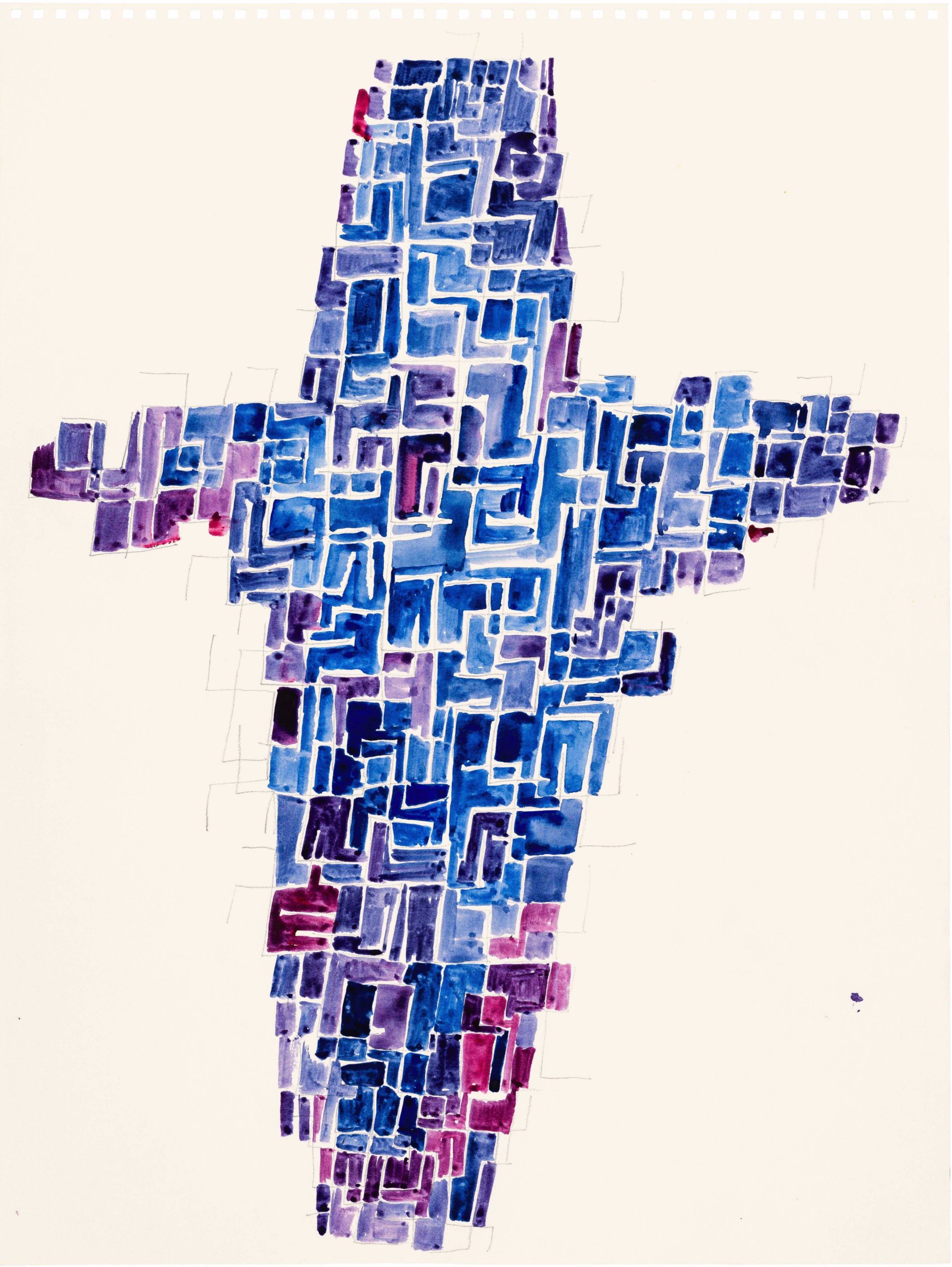
Fig. 20. No title, 1997, Watercolour and pencil on paper, 42 x 29.7 cm.
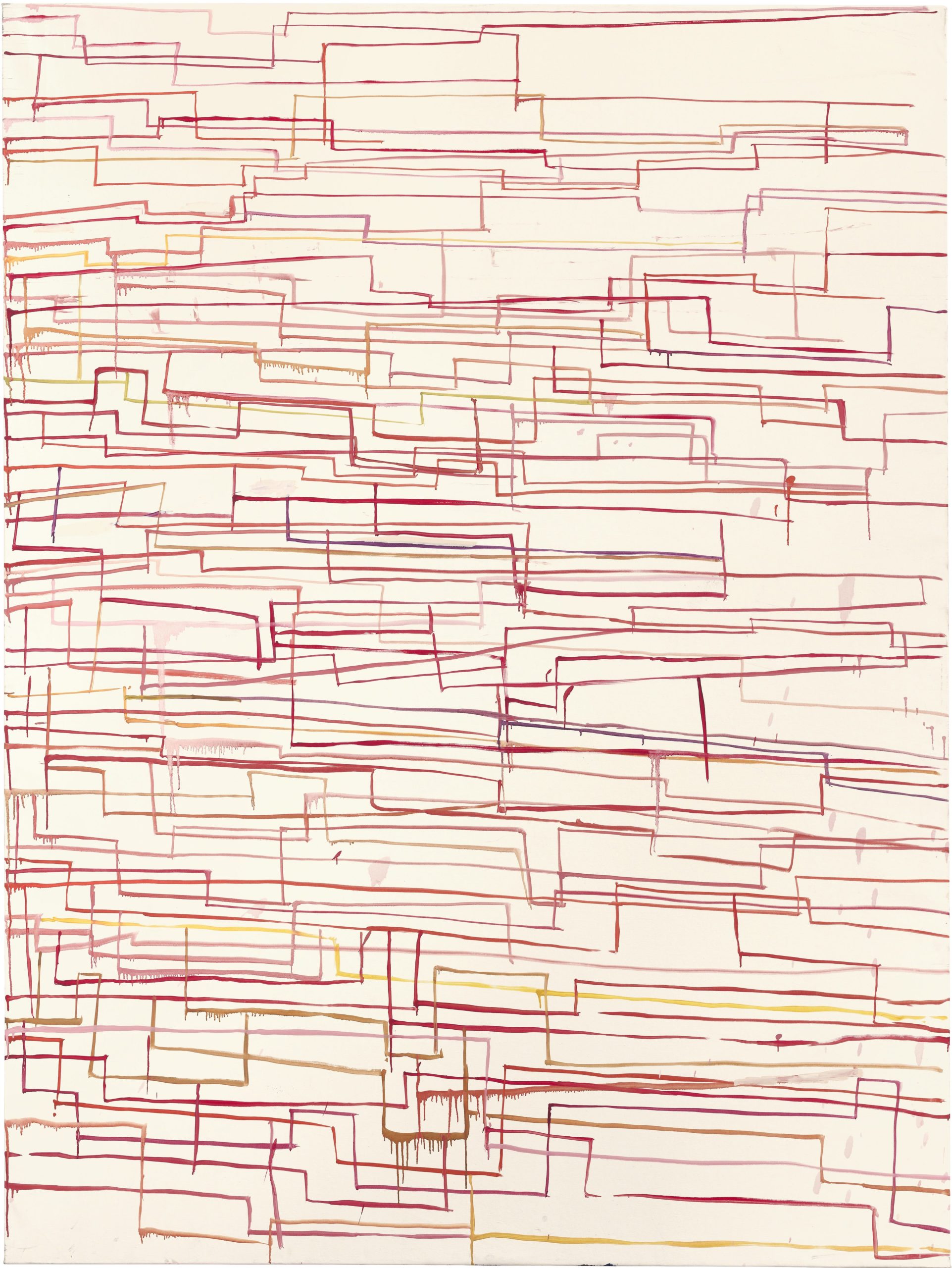
Fig. 21. S.T. (Cycle “Exil de peintre”) (Untitled [Cycle “The Painter’s Exile”]), 2003, Oil on canvas, 200 x 150 cm.
Yet another development of the motif is found in a sequence of drawings that at first whimsically shows the negative space around the ‘hooks’ of the swastikas tied together by way of circles that are partially coloured in red, only then to turn to mostly rectangular ‘background’ coloured shapes (Fig. 22). These culminate in oil and pastel works in which the coloured planes have effectively made the starting point all but unrecognisable, although Vandenberg slipped a small swastika into the centre, whimsically anthropomorphised, as though the weighty symbol senses its uncomfortable diminution in the face of abstract painting (Fig. 23).
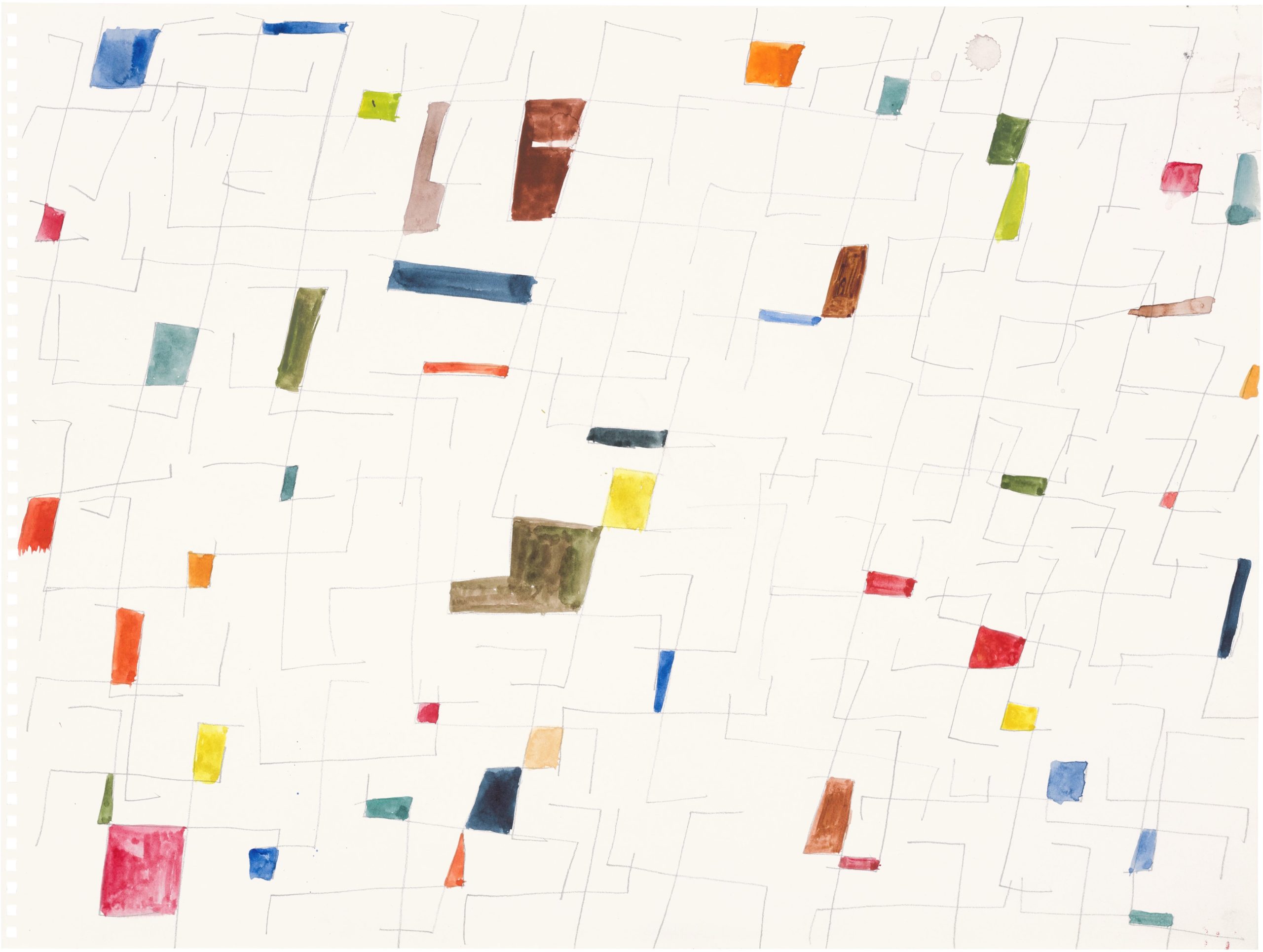
Fig. 22. No title, 2003, Watercolour and pencil on paper, 48 x 36 cm.
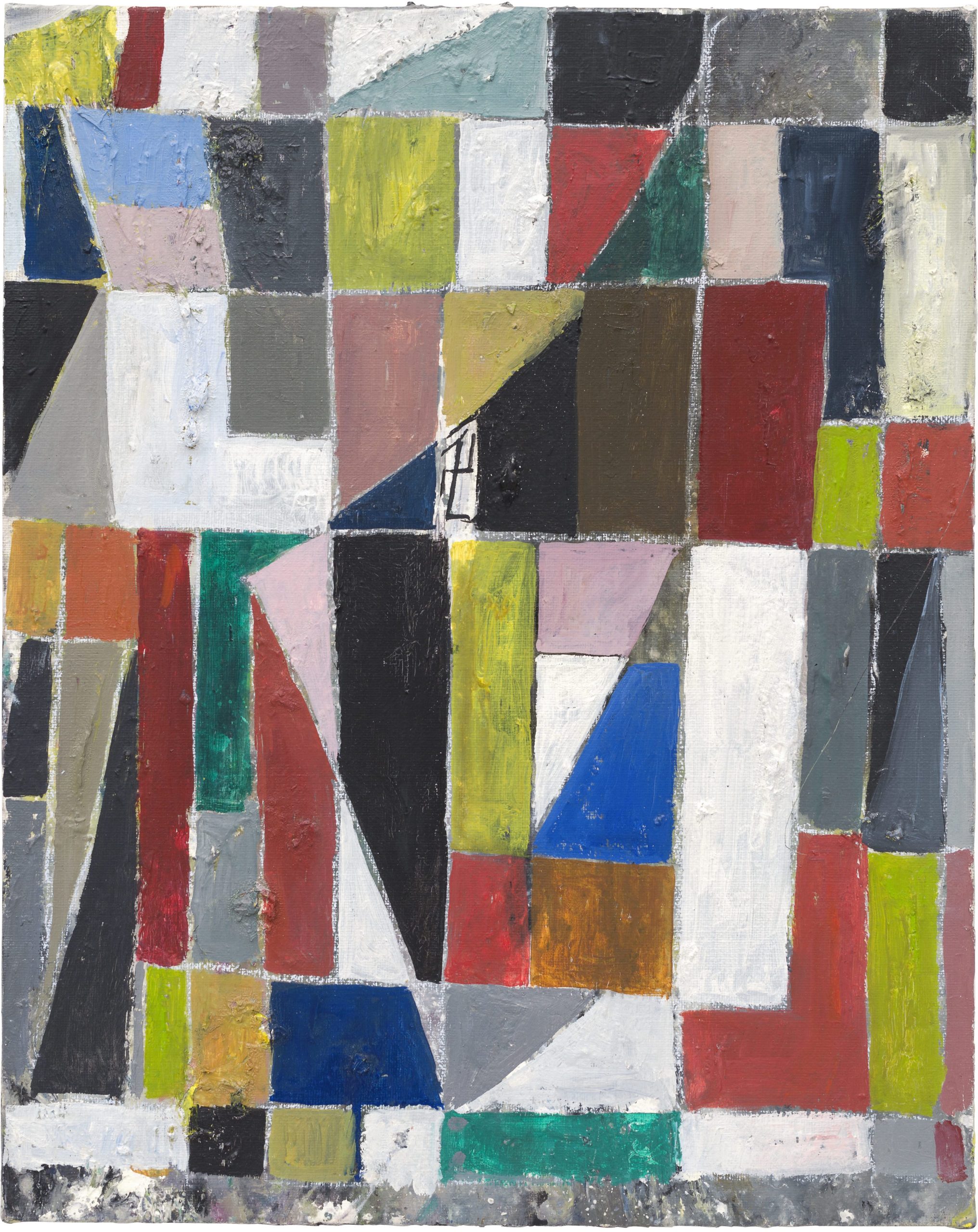
Fig. 23. Cycle “Exil de peintre (Cycle “The Painter’s Exile), 2002-2003, Oil and pastel on canvas, 50 x 40 cm.
Other equally whimsical expressions are found in a cycle entitled Mama Svastika Revisited, one of which shows each iteration of the symbol rendered in different coloured lines, seemingly running amok along a pattern of dotted lines, all the while wearing what appear to be party hats (Fig. 24). When will we begin to balk at the sacrilege? When is a painting a drawing again? Underneath the white ‘ground’ was another painting, of which part was dripped, part painted, the beautifully ghostly pointed shapes possibly having served as inspiration for the ‘party hats’. A Petite étude svastika (Small Swastika Study) in oil from 2002–03 (Fig. 25) shows another attempt at de-fanging the menace that still sticks to the black symbol of Nazi power. The swastika is pink, and anthropomorphised, seemingly jumping over a hurdle, as though engaged in a relay race. Imagine such an example of pink Aryan superiority at the Berlin Olympics of 1936!
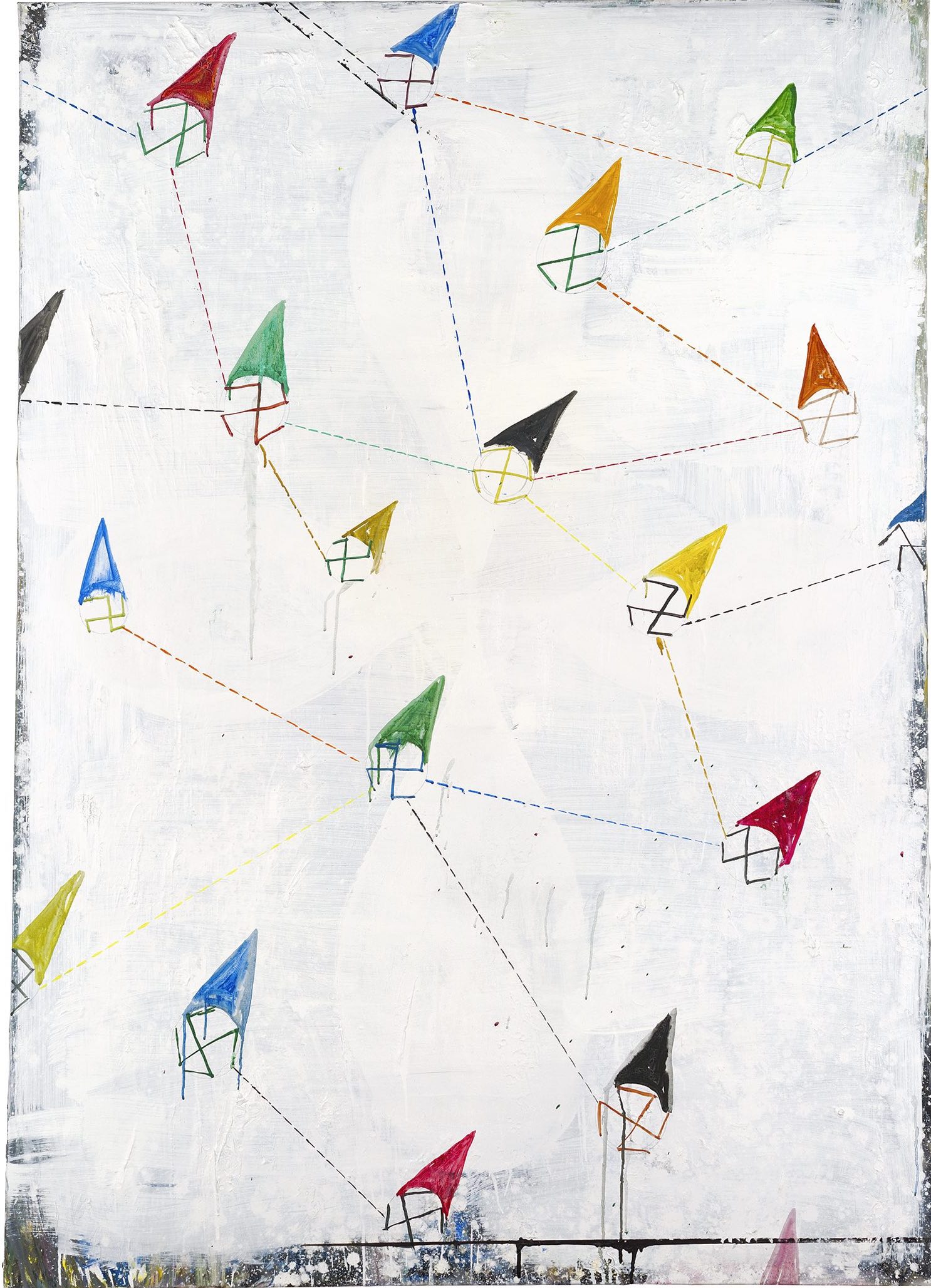
Fig. 24. Cyclus “Mama Svastika Revisited (Cyle “Mama Svastika Revisited”), 2002-2003, Oil and pencil on canvas, 140 x 105 cm.
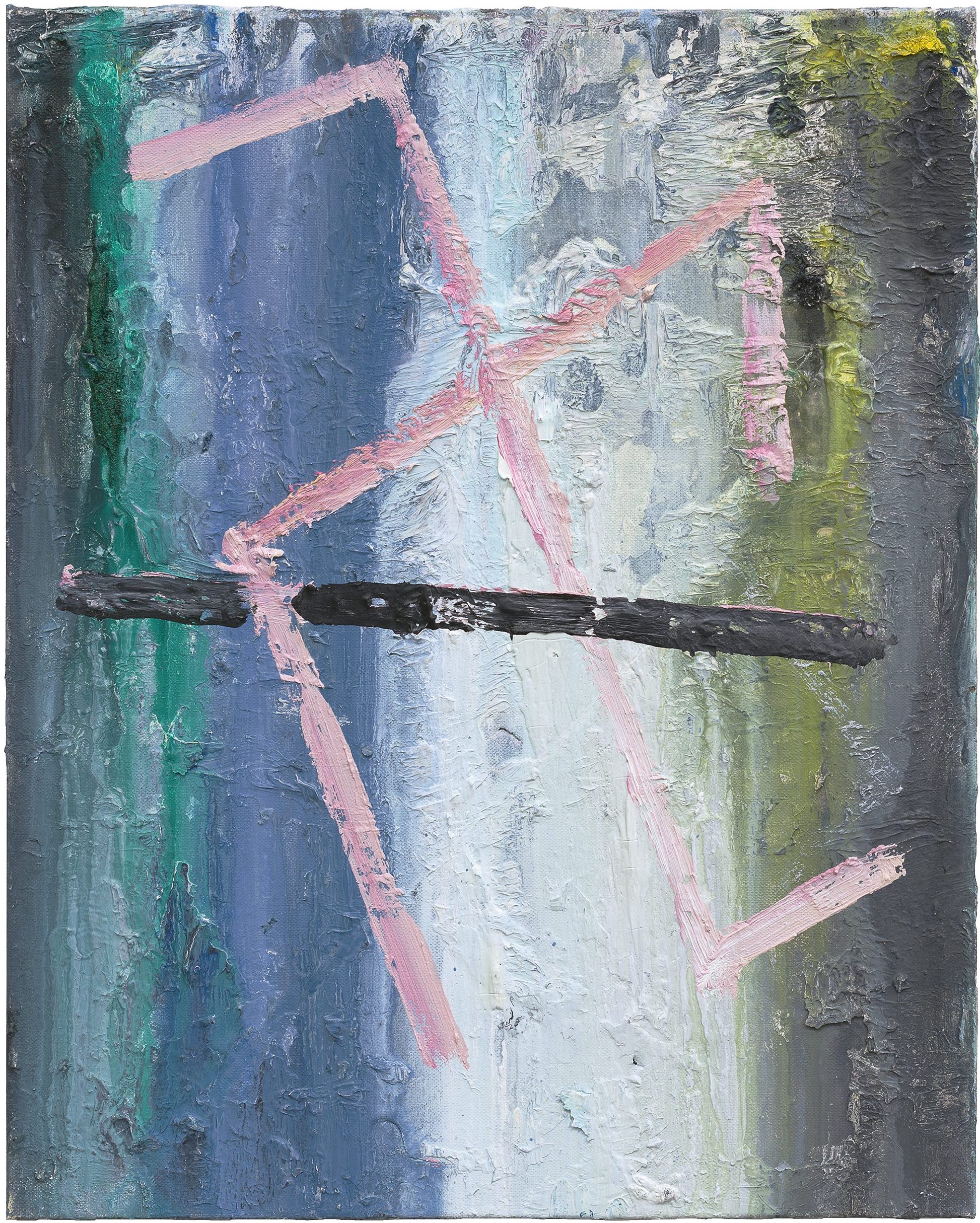
Fig. 25. Petite étude svastika (Small Swastika Study), 2002-2003, Oil on canvas, 50 x 40 cm.
Formless
Vandenberg made many works that seem to commit in their entirety to base materialism, to the operations of Bataille’s informe, as with the various dark, thickly encrusted Grande noire I (Large Black I) paintings from 1992–95 (Fig. 26). But how do we reconcile such works and the violence they do to pictorial form with Vandenberg’s constant return to structure in his ceaseless gravitation toward drawing? And what about ‘Mama Svastika’? Is she the ur-mother of a whole generation of formal exercises? The iconoclastic examples cited above suggest otherwise, and yet some works with the title Mama Svastika Revisited seem to follow a formal pattern, a searching for something stable, perhaps. There is a magnificent series of works associated with the Swastika series, some of which bear that title, others untitled (Fig. 27, Fig. 28), that adopt a compositional schema comparable to one developed by the most unlikely of allies, the Dutch neoplasticist painter Piet Mondrian.
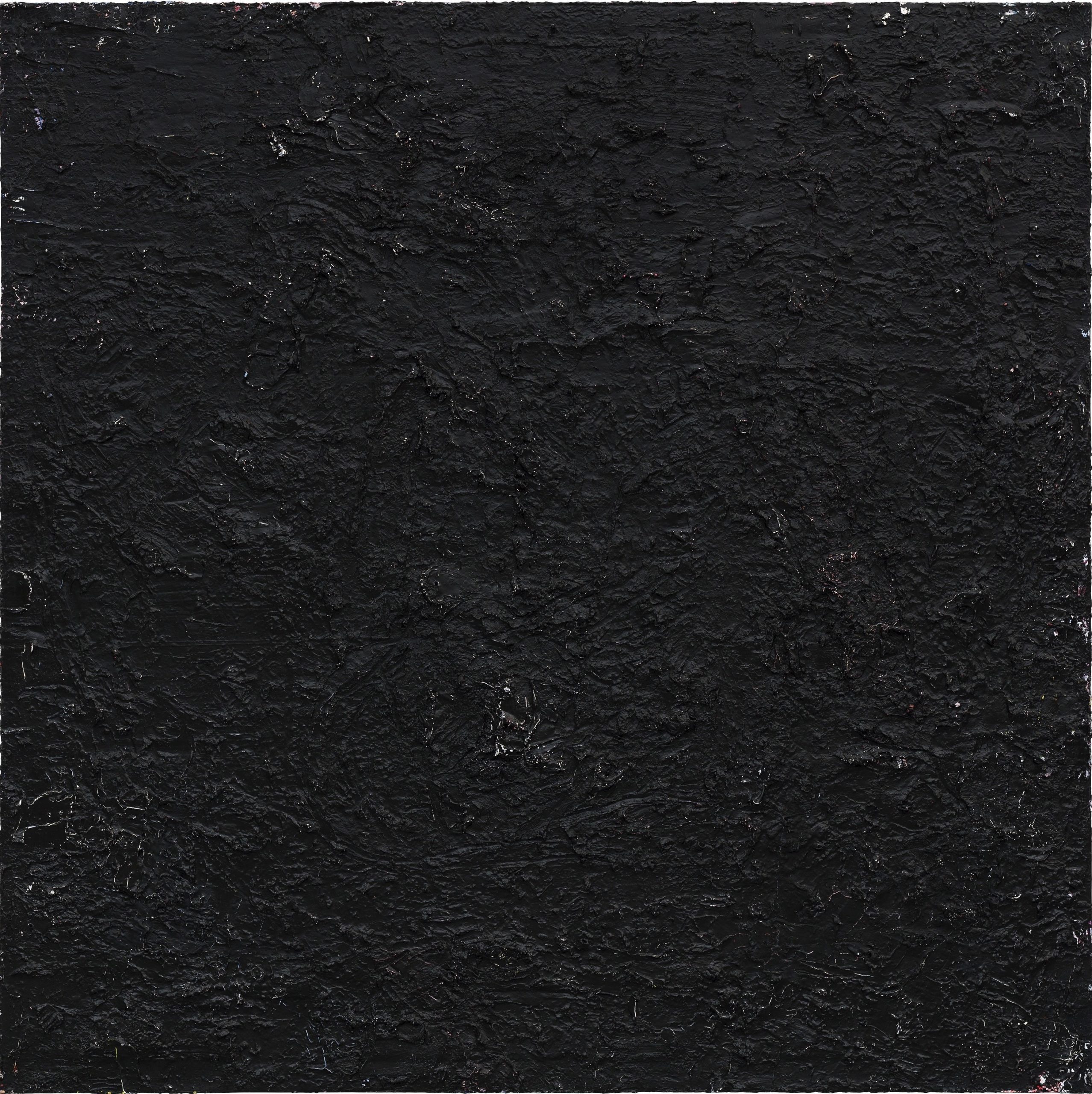
Fig. 26. Grande noire I (Large Black I), 1992-1995, Oil on canvas, 200 x 200 cm.
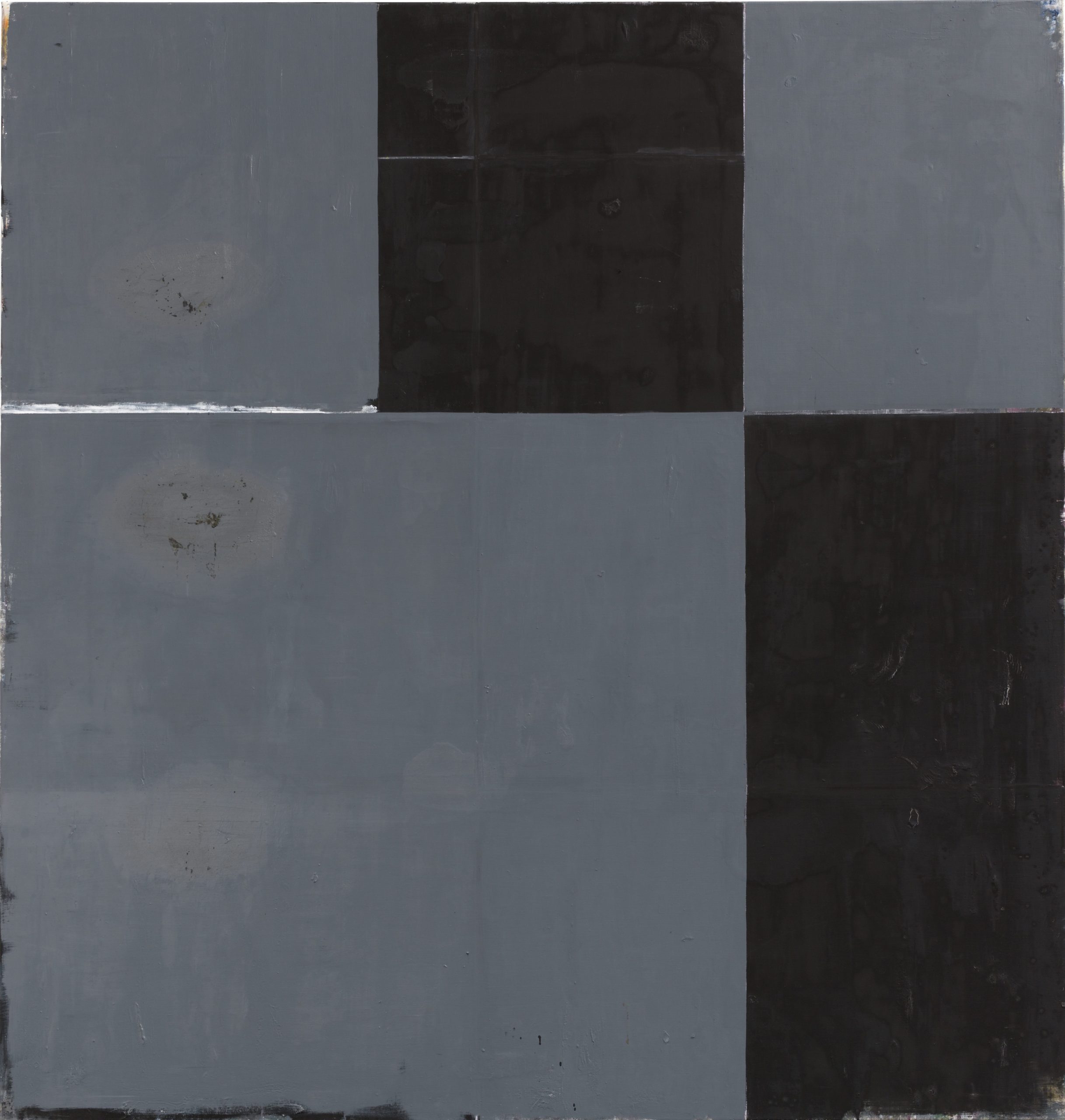
Fig. 27. Z.T. (Svastika studie) (Untitled [Swastika Study]), 2002-2003, Oil and pastel on canvas, 210 x 200 cm.
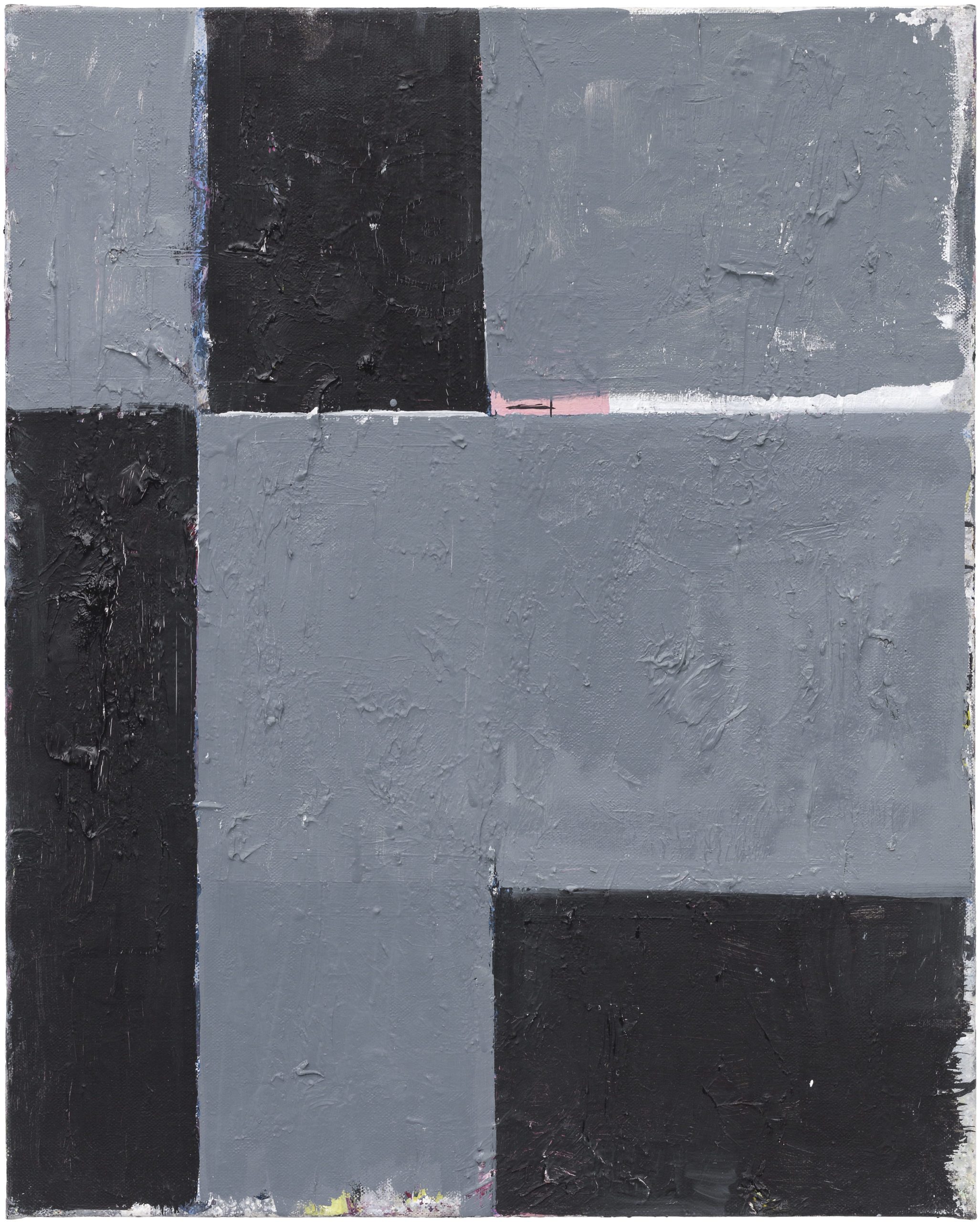
Fig. 28. Petite étude svastika (Small Swastika Study), 2002-2003, Oil on canvas, 50 x 40 cm.
As I have shown elsewhere, and several scholars have intuited, Mondrian seriously pursued the abolition of form in his classical neoplastic works by creating compositions based on pure ‘equivalence’, abolishing all oppositions through a purely relational play of pictorial elements. He defined each element solely through its difference with all other elements in the composition, a difficult process that is much more than a balancing act. (xxxiii) A series of ‘classical compositions’ from 1928–32 involves the dividing of the canvas into two by way of two lines that span the entire composition, and cross near the corner. The resulting two bands appearing to the sides are in turn divided into planes of various widths, often also by alternating the thickness of the lines (Fig. 29, Fig. 30).
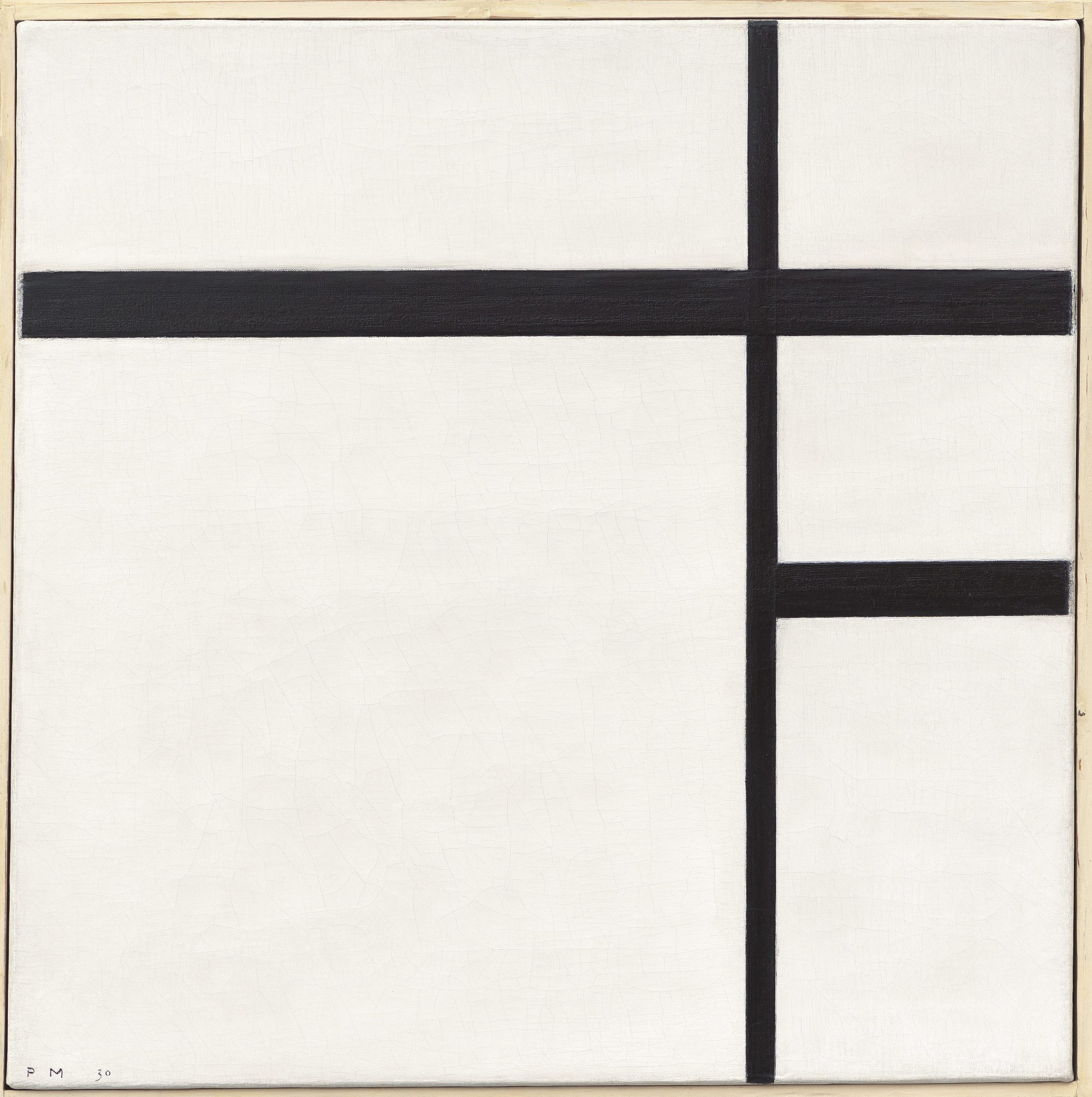
Fig. 29. Piet Mondrian, Composition in White and Black II, Oil on canvas, 50.5 x 50.5 cm., Van Abbemuseum, Eindhoven
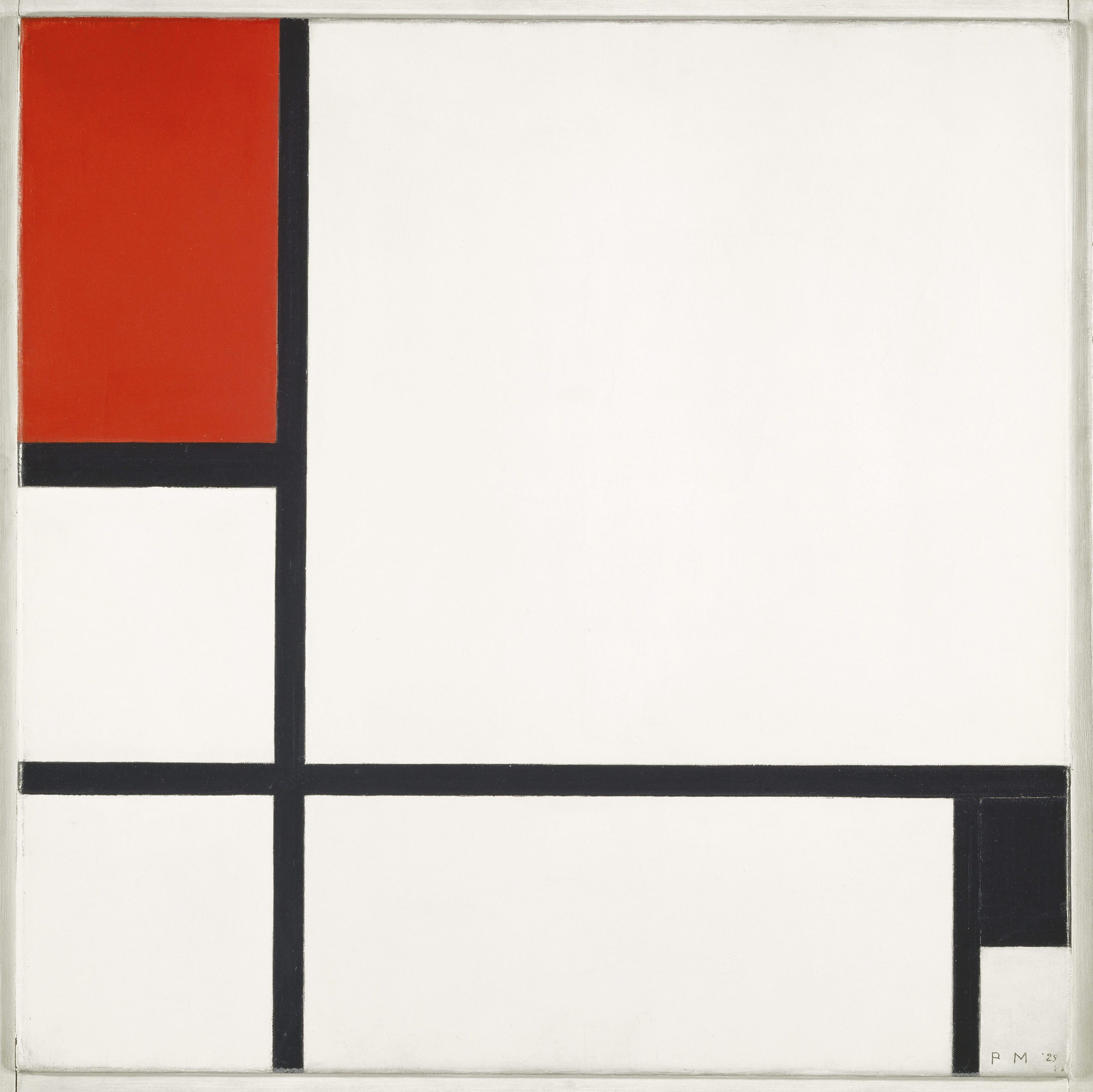
Fig. 30. Piet Mondrian, Composition Nr. 1 with Red and Black, 1929, Oil on canvas, 52.3 x 52.2 cm., Kunstmuseum Basel
In several of Vandenberg’s untitled Svastika Studies from 2002–03 we find a similar compositional scheme, which he likely arrived at independently through his usual method of allowing painting as process to be his guide, this time apparently not by way of drawing but by painting itself. In two magnificent large works, each subtly rectangular and more than two metres on the vertical, we note a resistance to isotropy, as with Mondrian’s compositions, which are composed phenomenologically, with the viewer’s vertical orientation in mind. As Vandenberg’s large Svastika Studies are also composed with gravity in mind, they complement the utter horizontality of Le jardin from two years before. They offer another form of refuge, now visual, as opposed to visceral. Despite his œdipal resistance – recalling that of Bataille – informe in Vandenberg’s art should not be taken in the Bataillean sense of expenditure without remainder. The garden and Swastika studies were left for his children after all. The Vandevelde documentary shows a painter, soft-spoken and gentle, kind and loving to his three children, who prepares a garden for all of us, one that is the opposite of the religious hortus conclusus [enclosed garden], an open book that shocks us into seeing a human being who hides nothing at all and thereby attempts to create an art that does the same.
I would like to thank Benjamin Binstock for our discussion of Vandenberg, and Johannes Muselaers for his thorough editorial feedback.
i. Philippe Vandenberg, Le triomphe de l’accident, 2005. Philippe Vandenberg Archives, HS III 161, Box 1059, University Library Ghent, Ghent.
ii. Julien Vandevelde, Een schilder is als Œdipus onderweg (Ghent: Cavalier Seul, 2005): https://www.youtube.com/watch?v=3p0JVAtfpNA&t=60s. The lecture referred to is: Vandenberg, “Op weg in een kooi is een man, zijn handen rood”. Lecture, Ghent University, Ghent, 1999. This lecture was based on an earlier lecture: Vandenberg, “Op weg in een kooi is een man, zijn handen rood”. Lecture, Stichting Psychoanalyse en Cultuur, Oud-St.-Jan, Bruges, 17 October, 1998. The essay was later published in: Philippe Vandenberg: Œuvre 1995–1999, edited by Florent Bex, 33–44 (Antwerp: M HKA—Museum van Hedendaagse Kunst Antwerpen, 1999). The same publication includes an English translation of the essay: Id., “On His Way in a Cage Is a Man, His Hands Red”. In: Philippe Vandenberg: Œuvre 1995–1999, 1999, 292–304.
iii. Rosalind Krauss and Yve-Alain Bois, Formless: A User’s Guide (New York: Zone Books, 1997).
iv. Georges Bataille, “L’Informe” (1929), reprinted as “Formless”. In: Georges Bataille. Vision of Excess. Selected Writings, 1927–1939, edited by Allan Stoekl, Carl R. Lovitt and Donald M. Leslie Jr. (Minneapolis: University of Minnesota Press, 1985), 31.
v. Vandevelde, Een schilder is als Œdipus onderweg, 2005.
vi. Wouter Davidts, “Absence, etc.: Introducing Philippe Vandenberg”. In: Absence, etc., edited by Wouter Davidts (New York: Hauser & Wirth Publishers, 2017), 36, 33.
vii. Ibid., 36, cited from: Gérard Berréby, “What Counts Is Kamikaze”. In: Philippe Vandenberg “L’important c’est le kamikaze”: Œuvre 2000–2006, edited by Alain Tourneux (Charleville-Mézières: Musée Arthur Rimbaud; Ghent: Online, 2006), 94. This interview was originally published as: Id., “L’important c’est le kamikaze”. In: Philippe Vandenberg “L’important c’est le kamikaze”: Œuvre 2000–2006, 2006, 11–27.
viii. Krauss and Bois, Formless: A User’s Guide, 1997, 163ff.
ix. Ibid., 164.
x. Quoted from: Vandevelde, Een schilder is als Œdipus onderweg, 2005. His three children later confirmed this, that when their father was with them, he really was with his work. See also: Muriel Zagha, “In the Name of the Father”. Elephant: The Art Culture Magazine, Issue 30, Spring 1997: https://elephant.art/inthe-name-of-the-father/. The article cites the youngest sibling, Mo, “who lived with his father in his Ghent studio for a large part of his teenage years, surrounded by paintings and the smell of turpentine. ‘It was intense,’ he says soberly. ‘I saw all the images he was painting. But we never spoke about his paintings. What he needed from me was the rest of life: to collect me from football games and cook for me. But he was always thinking of his work.’”
xi. Matthijs Ilsink, ed., Hieronymus Bosch: Painter and Draughtsman: Catalogue Raisonné (Brussels: Mercatorfonds, 2016).
xii. Ronny Delrue, “Rembrandt is my Mother: Philippe Vandenberg in Conversation with Ronny Delrue”. In: Absence, etc., 2017, 93–94. This interview was originally published as: Id., “Philippe Vandenberg”. In: De gecontroleerde ongecontroleerdheid bij het tekenen: Ronny Delrue in gesprek met Luc Tuymans, Anne-Marie Van Kerckhoven, Roger Raveel, Katleen Vermeir, Kris Fierens en Philippe Vandenberg, edited by Hannelore Duflou (Brussels: Mercatorfonds, 2011), 230–279.
xiii. I thank Benjamin Binstock for pointing this out to me. See: Edward Cohen, “Jheronimus Bosch and Victor van Carben. The Controversy between Church and Synagogue in Some of Bosch’s Paintings”. Studia Rosenthaliana, Vol. 18, No. 1 (January 1984), 1. The article argues that Bosch’s criticism of humanity was directed at all strata of society, and elaborates on how he critiqued the church, castigating its greed, the immorality of nuns, the hypocrisy of father confessors, etc. See also: Joseph Koerner, “Bosch’s Realism”. RES: Anthropology and Aesthetics, No. 46, Polemical Objects (Autumn, 2004), 77, 94–5.
xiv. For Christ’s kinship to “Everyman” see: Koerner, “Bosch’s Realism”, 2004, 95. Koerner brilliantly observed that “[a]s in Freud, in Bosch there is no escaping the self’s inner contradictions; the inward turn, whether as therapy or piety, breeds demons … Bosch surrounds Everyman with absolute enemies whose otherness can and should not be penetrated, since enmity is Bosch’s subject and his goal.”
xv. For the influence of the work of Caravaggio on Vandenberg’s Kruisigingen (Crucifixion) see: Florent Minne, Philippe Vandenberg “Het gevecht met de engel”: Visions 2 (Ghent: Foncke Editions and Richard Foncky Gallery, 1984). Such works are also strangely reminiscent of photographs Bataille reproduced of victims of lingchi, the Chinese torture of ‘death by a hundred cuts’, of which Vandenberg kept a copy in his studio. I thank Johannes Muselaers for the reference to Caravaggio and for pointing out that Vandenberg possibly did not acquire the lingchi photograph until after 1982.
xvi. David Anfam, “Angst and Order”. In: Absence, etc., 2017, 62.
xvii. The watercolour is from the book Il Faut Lâcher Mémé Mouche [Let Go Grandma Fly].
xviii. In the mid-nineties, Vandenberg visited Laos, Cambodia and Indonesia, where he was in contact with Buddhist practices. These experiences had a great impact on the iconography of his work. See: Davidts, “Biography”. In: Absence, etc., 2017, 201. and Eric Bracke, “Wrede visioenen van een heelmeester. Schilderijen van Philippe Vandenberg in het Museum van Hedendaagse Kunst in Antwerpen”. De Morgen, 11 December, 1999, 89, 93.
xix. This was the topic of Lacan’s famous Seminar XI.
xx. I thank Johannes Muselaers for pointing out this source and that of the drawings with dogs.
xxi. For a description of Lyotard’s spatial, topological analysis of the shift from diachronic dimension of language into synchronic dimensions of space and images see: Krauss and Bois, Formless: A User’s Guide, 1997, 103–104.
xxii. For Vandenberg’s affinity with ‘maudit’ artists and the meaning of ‘scruter’ see: Vandenberg, “Letter to the Nigger”. In: Philippe Vandenberg “L’important c’est le kamikaze”: Œuvre 2000–2006, 2006, 109–133. This essay was originally published as: Id., “La lettre au nègre”. In: Exil de Peintre, (Ghent: Ergo Press, 2003), unpag. It is also found in: Vandevelde, Een schilder is als Œdipus onderweg, 2005.
xxiii. For the distinction see Ibidem. It is also found in: Vandenberg, “Letter to the Nigger”, 2006.
xxiv. The passage is from: Walter Benjamin, “Über die Malerei oder Zeichen und Mal”. In: Gesammelte Schriften, edited by Rolf Tiedemann and Hermann Schweppenhäuser. (Frankfurt am Main: Suhrkamp/Insel, 1977), II, 2, 603–7, from the section “Aesthetische Fragmente”. The translation used here is from a fragment of this text in: Bois, “Piet Mondrian, ‘New York City’”. Critical Inquiry, Vol. 14, No. 2. (Winter, 1988), 271. This translation is more precise because it is more literal than the official translation in: Marcus Bullock and Michael W. Jennings, eds., Walter Benjamin: Selected Writings, 1: 1913–1926 (Cambridge: Harvard University Press, 2004), 83.
xxv. Id., “Malerei und Grafik”. In: Gesammelte Schriften, 1977, II, 2, 602–3. The translation is taken from: Bois, “Piet Mondrian”, 1988, 273. The translation corresponds to the passage in: Id., Walter Benjamin: Selected Writings, 1: 1913–1926, 2004, 82.
xxvi. This citation was originally published in: Vandenberg, “Letter to the Nigger”, 2006, 109–133.
xxvii. Krauss and Bois, Formless: A User’s Guide, 1997, 164.
xxviii. Georges Bataille, “La valeur d’usage de D. A. F. de Sade (Lettre ouverte à mes camarades actuels)” (1930), reprinted as “The Use Value of D. A. F. de Sade (An Open Letter to My Current Comrades)”. In: Vision of Excess. Selected Writings, 1927–1939, 1985, 90–105.
xxix. Krauss and Bois, Formless: A User’s Guide, 1997, 164.
xxx. Ibidem.
xxxi. See the Vandevelde documentary.
xxxii. In the Vandevelde documentary, a photograph of Pollock is shown in a vitrine in the studio in the context of Vandenberg’s discussion of ‘maudit’ artists.
xxxiii. See my: “Piet Mondrian’s Studio Utopia, 26, rue du Départ”. In: Mondrian and His Studios: Colour in Space, edited by Francesco Manacorda and Michael White (London: Tate Publishing, 2014), esp. pp. 54ff.
Type:
- Essay
Authors:
- Marek Wieczorek
Language:
- English
Year:
- 2018
Published in:
Marek Wieczorek. “Philippe Vandenberg: Œdipal Resistance.” In Philippe Vandenberg. Kamikaze, edited by Brigitte Kölle and Felicity Lunn, 65-85. Cologne: Walther König Verlag; Veurne: Uitgeverij Kannibaal, 2018.
Originally published as:
Idem